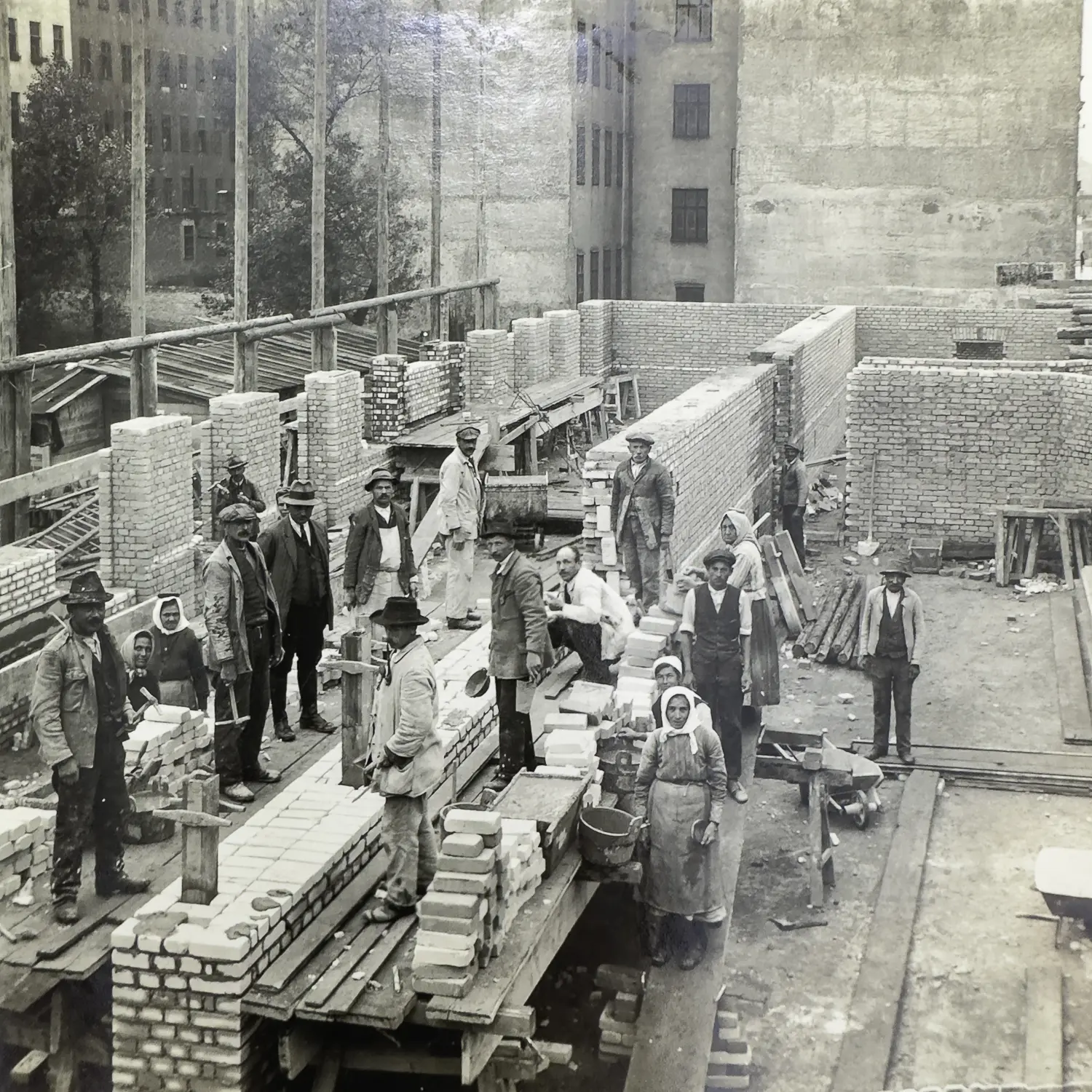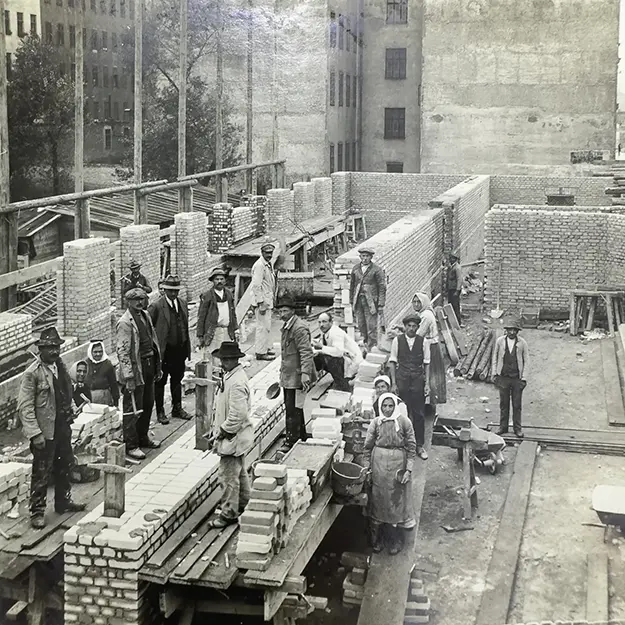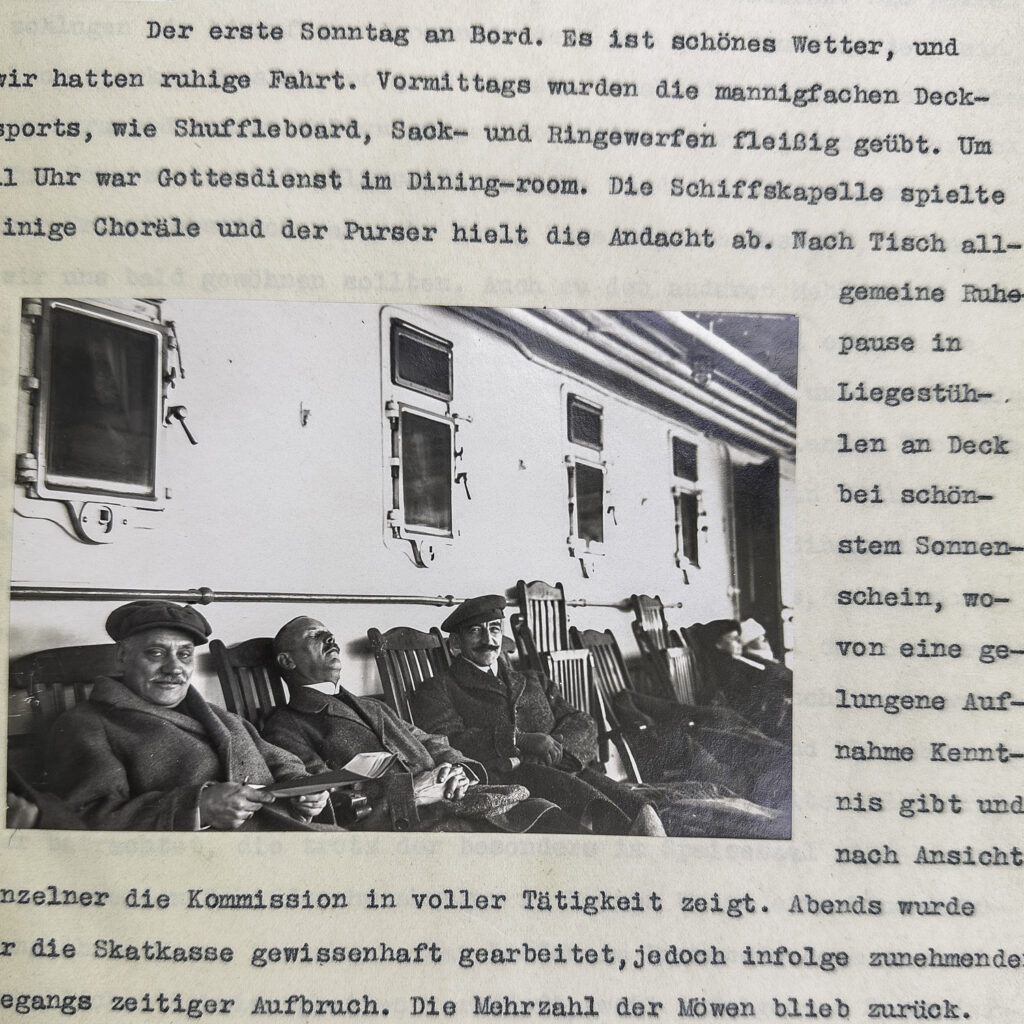
J01. Siemens Leadership Tour of America
Very interesting summary of Siemens & Halske AG (current day Siemens Corporation) executive and head-engineer tour of the United States.
The text details their visit and tours of Pratt & Whitney, Western Electric, and Ford Motor Company (where they were personally greeted by Henry Ford).
Together with extensive social commentary on the…
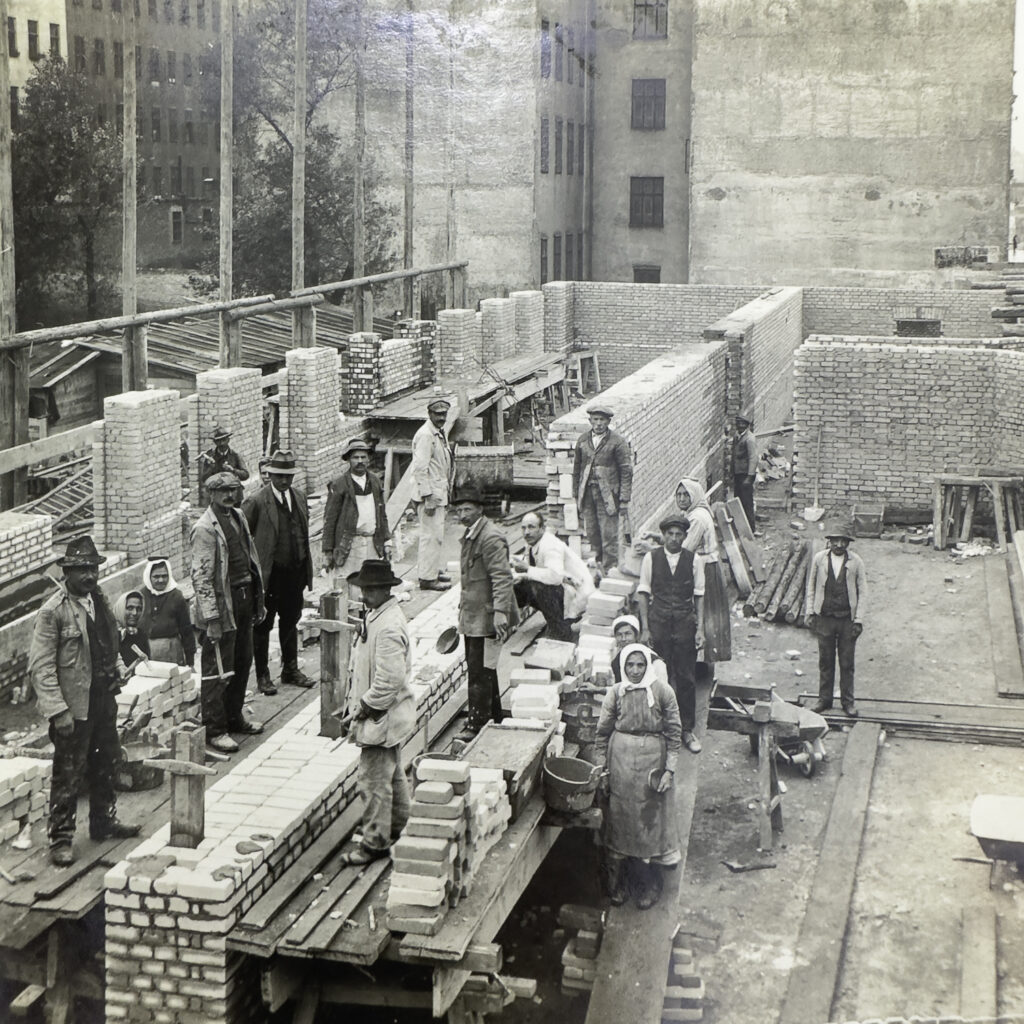
J02. Learning From Subsidized Housing in Red Vienna
Today more than 60% of Vienna’s 1.8 million residents live in social housing. Vienna is often a starting point for conversations of how to develop housing for the public interest.
The genesis of Viennese social housing was “Red Vienna” of the 1920’s and 1930’s when more than 60,000 new apartments were…
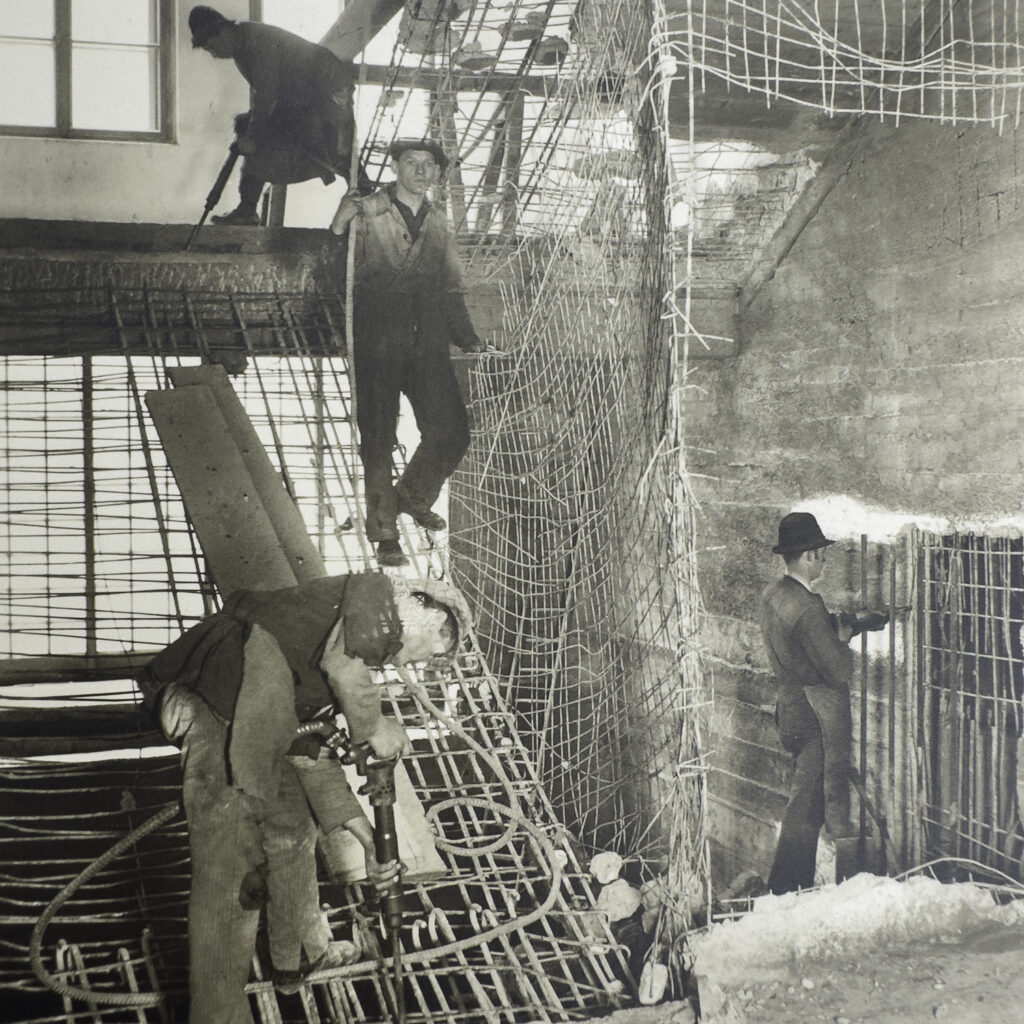
J03. Construction of the Austrian Central Bank
One cannot imagine a more complex time in Austria’s history than the twelve years (1913-1925) it took to construct the headquarters of the Austrian National Bank. What started as a massive two-building headquarters for the Austro-Hungarian Bank fitting for the vast empire that Austria-Hungary was prior to World War I,…
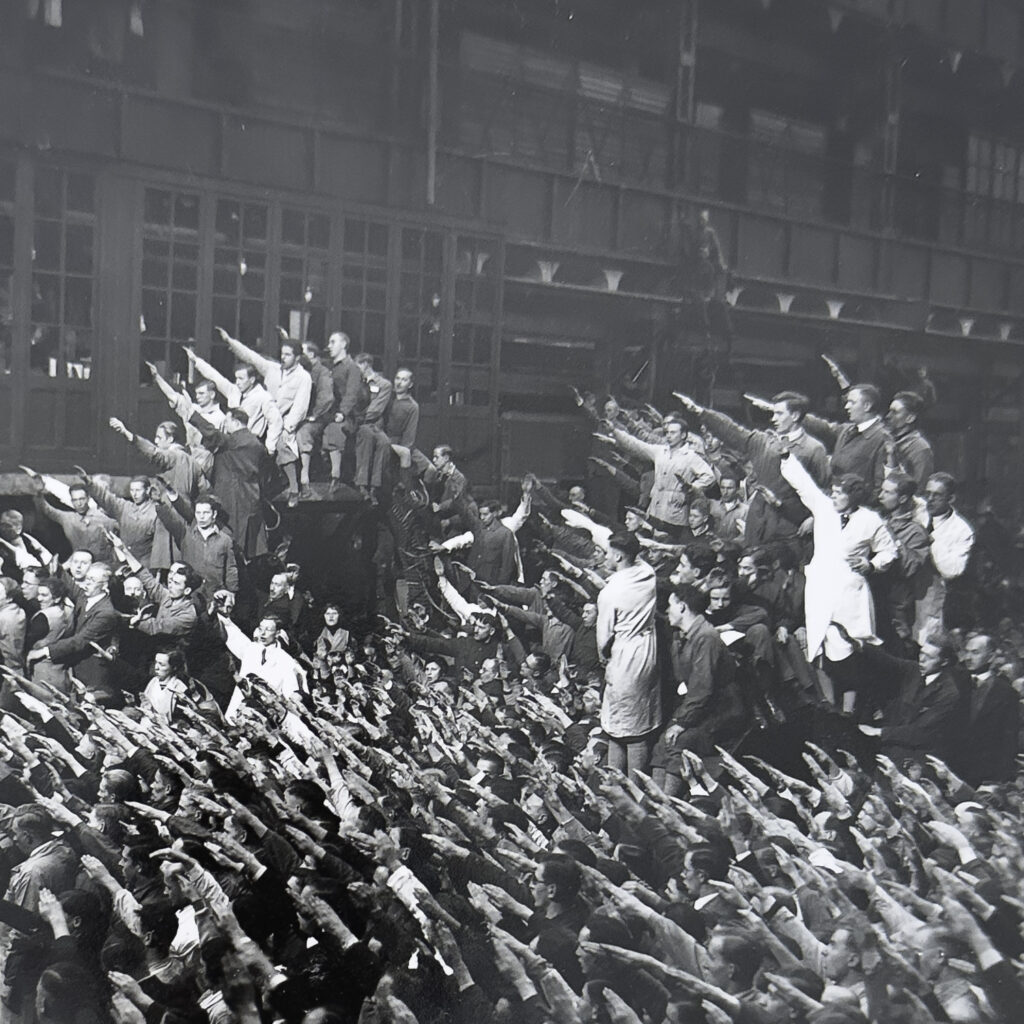
J04. Hitler & Siemens in Cooperation
Sample book with original photographs for postcards or photographs that could be ordered at the Siemens factory by employees. The newly elected Reichskanzler, Adolf Hitler, along with Joseph Goebbels visited the Siemens factory (Dynamowerk) in November 1933 and held speeches.
Shown are Hitler’s appearance and his speech to Siemens factory workers…
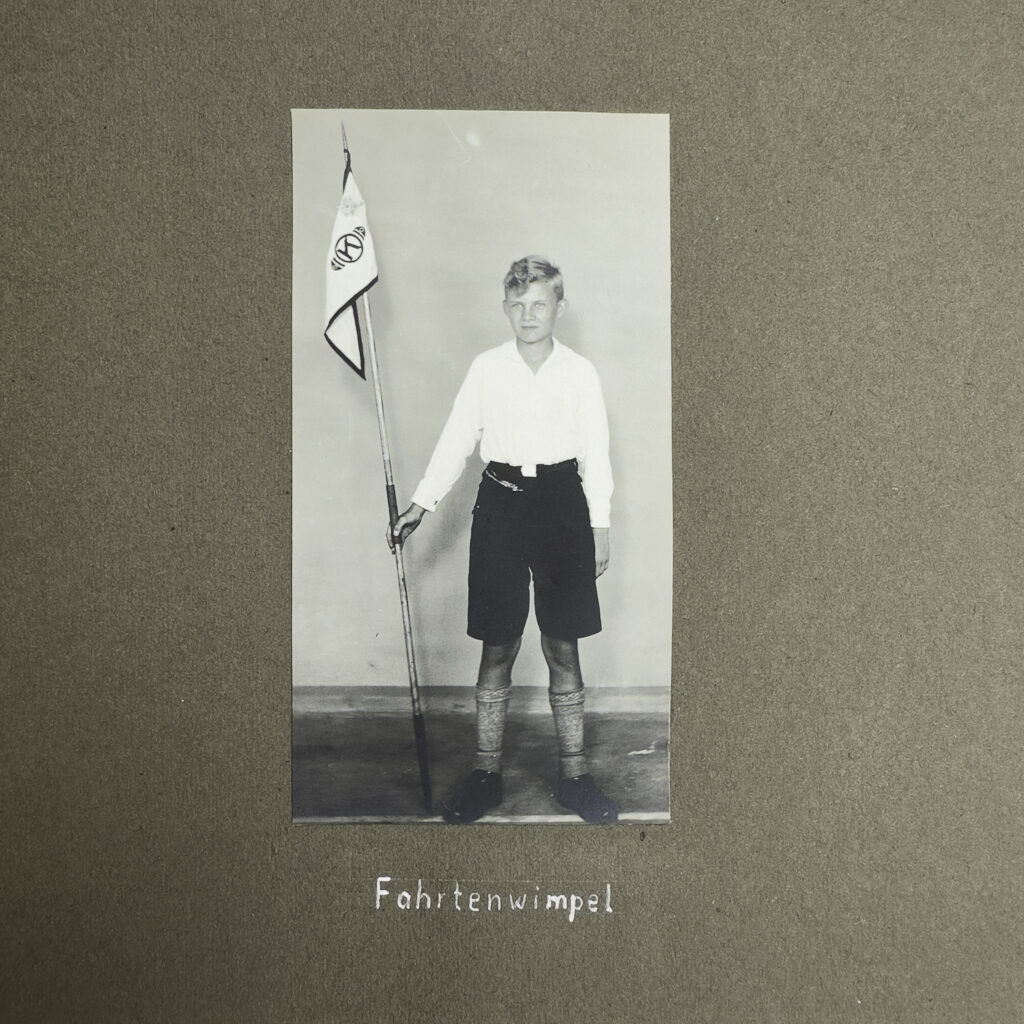
J05. Nazi Party & Knorr Bremse in Cooperation
Knorr-Bremse AG is a German manufacturer of braking systems for rail and commercial vehicles that has been in business for over 110 years. Today the company employs shy of 30,000 people.
This 1935 photo album depicts an outing to the German Alps by 38 teenage boys in Knorr-Bremse’s vocational school. In…
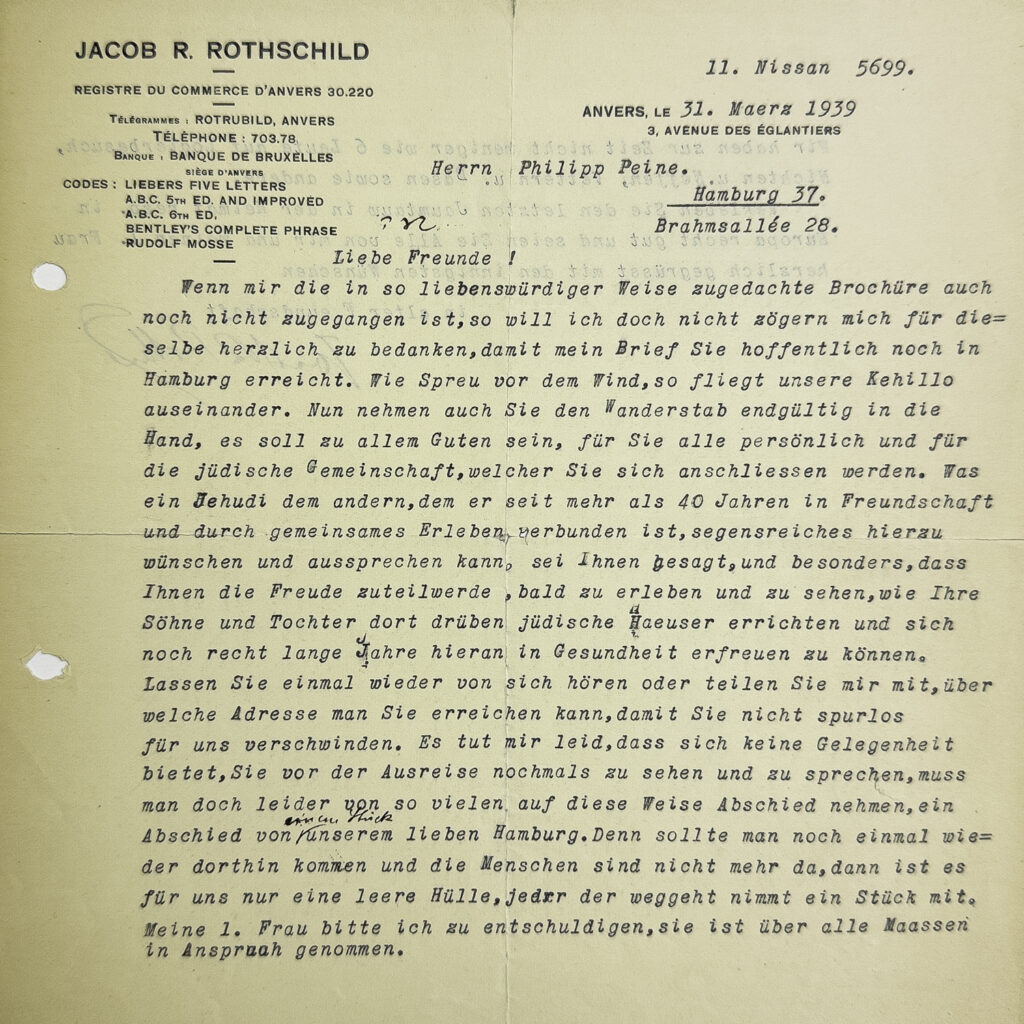
J06. German-Jewish Family Escapes to the New World
Peine Family Archive: A German-Jewish Family active in international commercial real estate.
A collection of photographs and documents from a wealthy Jewish family active in commercial real estate around the globe. The documents focus on the 1930’s through the 1960’s and provide a first-hand account of Jewish life in Germany in…
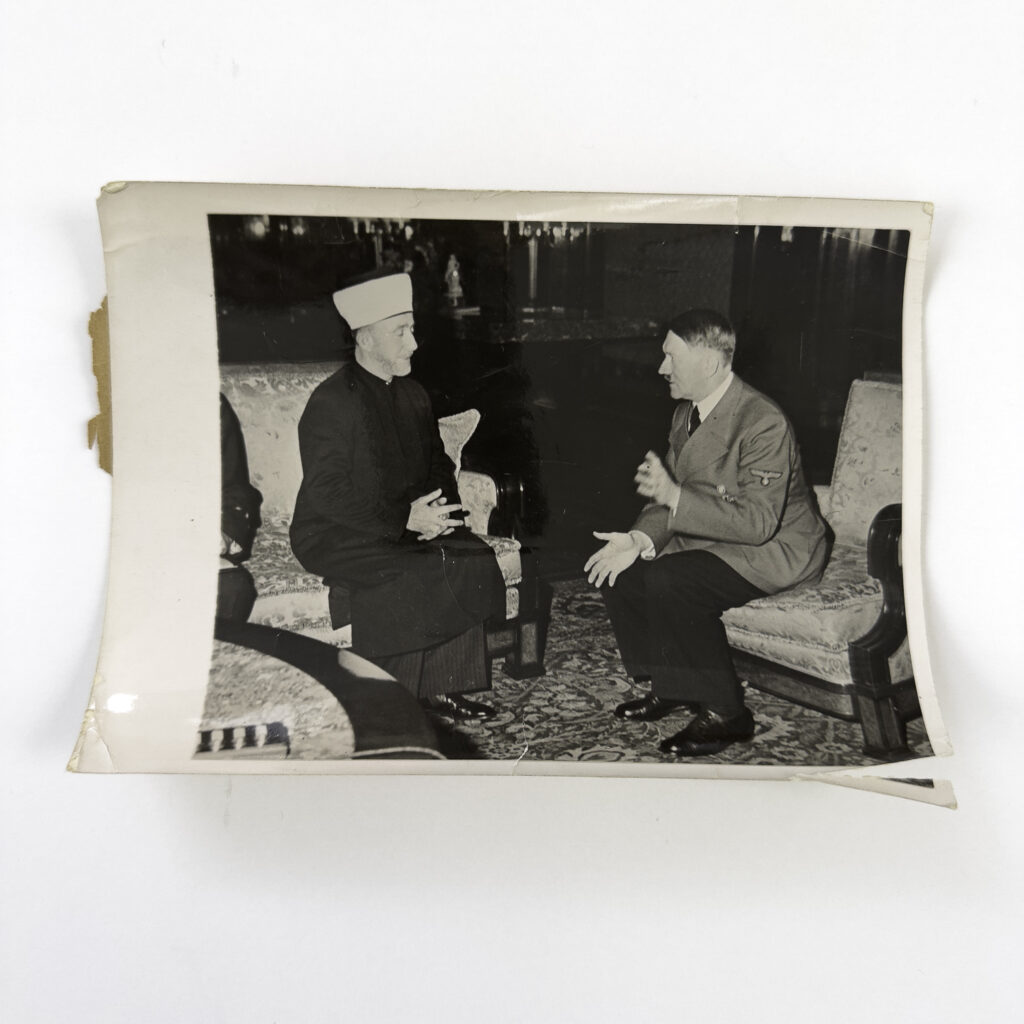
J07. Hitler’s Personal Photographer
Heinrich Hoffmann (1885-1957) was Hitler’s official photographer and a member of his intimate circle. Hitler and Hoffmann became good friends and it was Hoffmann who introduced Hitler to Eva Braun.
The photographs cover a broad spectrum: the West front; the East front; battle of Leningrad; German infantry in Ukraine; General Rommel…
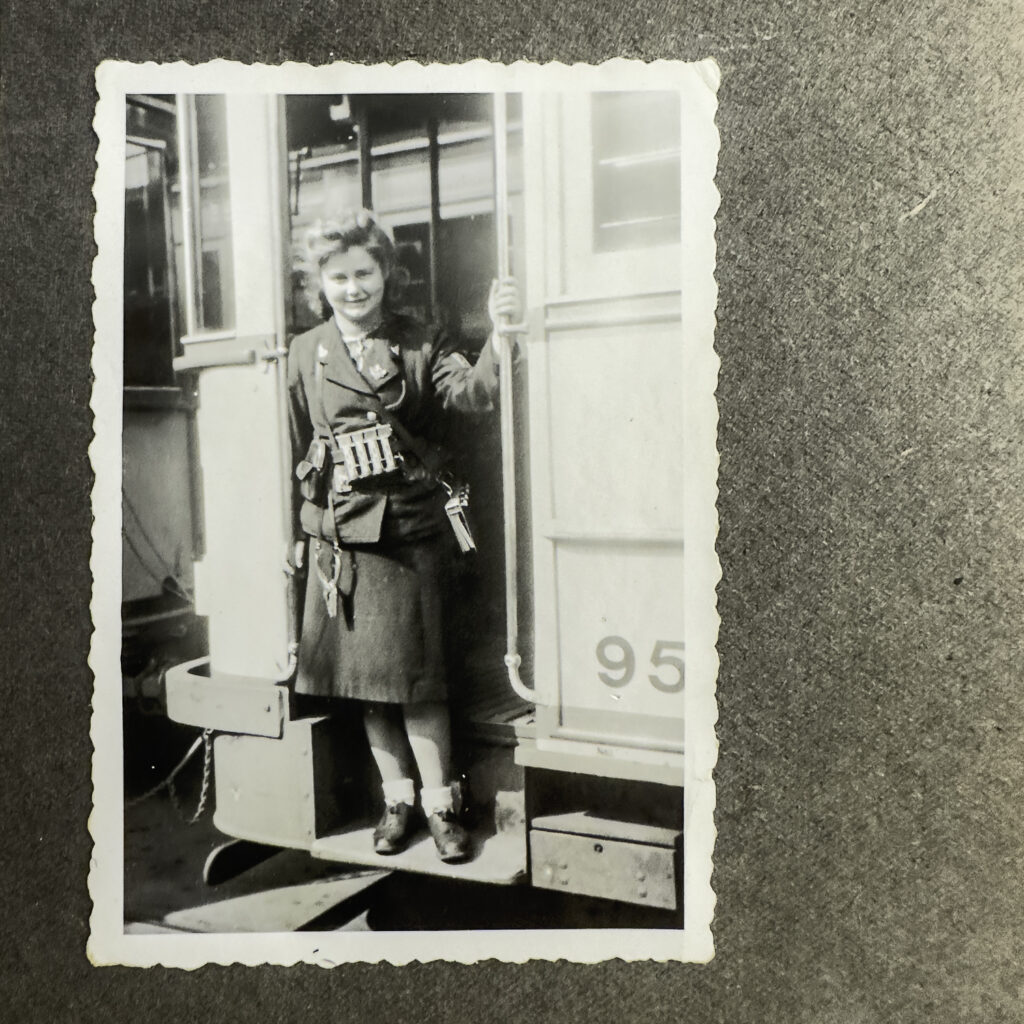
J08. German Rosie the Riveter
Anonymous young woman’s photo album documenting her training and service with the Dresden streetcar. The photographs show the streetcars; the young woman in conductor uniform; all female dorms; classmates and group photos (all women); group exercise and group camping trips.
Similar to the U.S. war effort, women in Germany were employed…
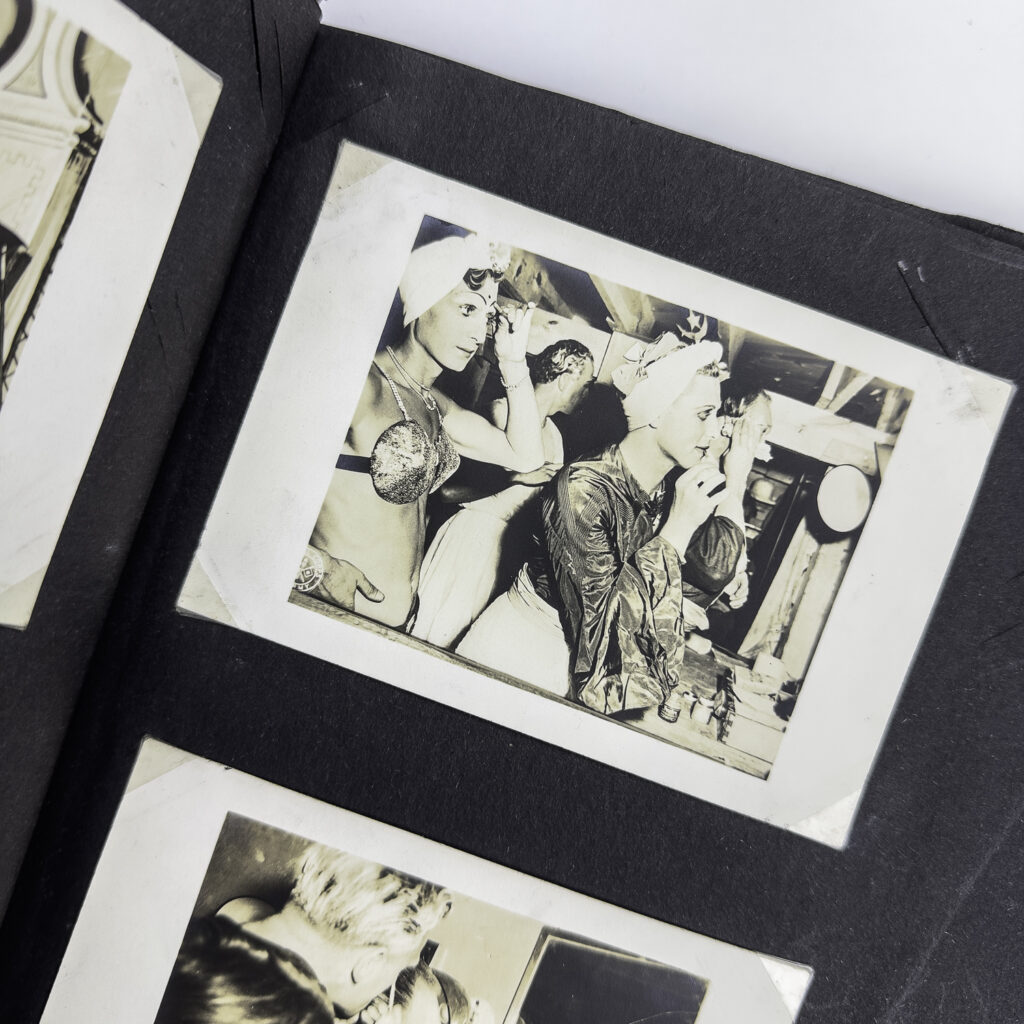
J09. German POWs Entertaining in Massachusetts
5,000 German POWs were detained at Fort Devens, Massachusetts from February 1944-May 1946. 22 of them died while interned.
Fort Devens was one of 500 such camps in the United States that held more than 400,000 POWs. Most soldiers at Fort Devens were captured in North Africa and Italy. The camp…
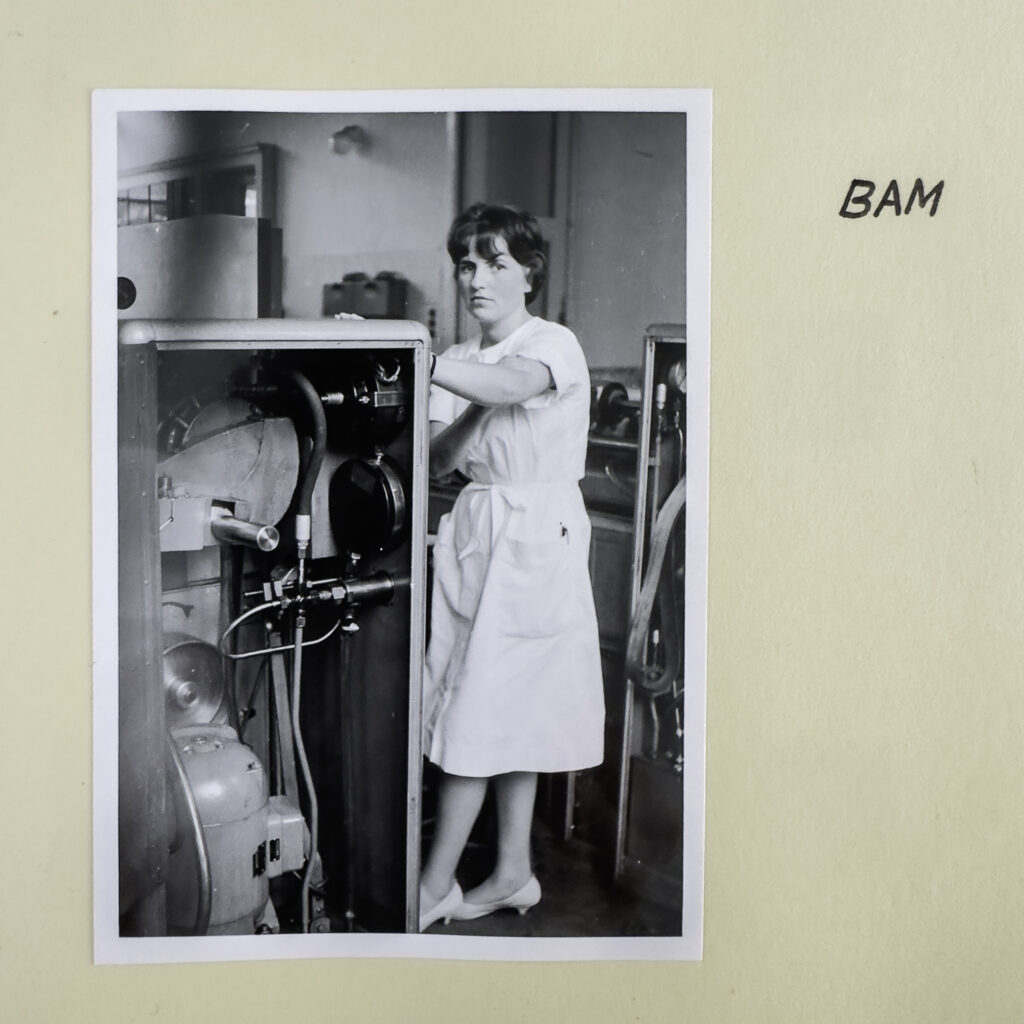
J10. West Berlin 1950’s Architecture
This lovely vernacular album opens with shots of West Berlin’s Hilton – a hotel of which Conrad Hilton stated in 1955: “We have hit upon a new weapon with which to fight Communism, a new team made up of owner, manager and labor with which to confront the class-conscious Mr….
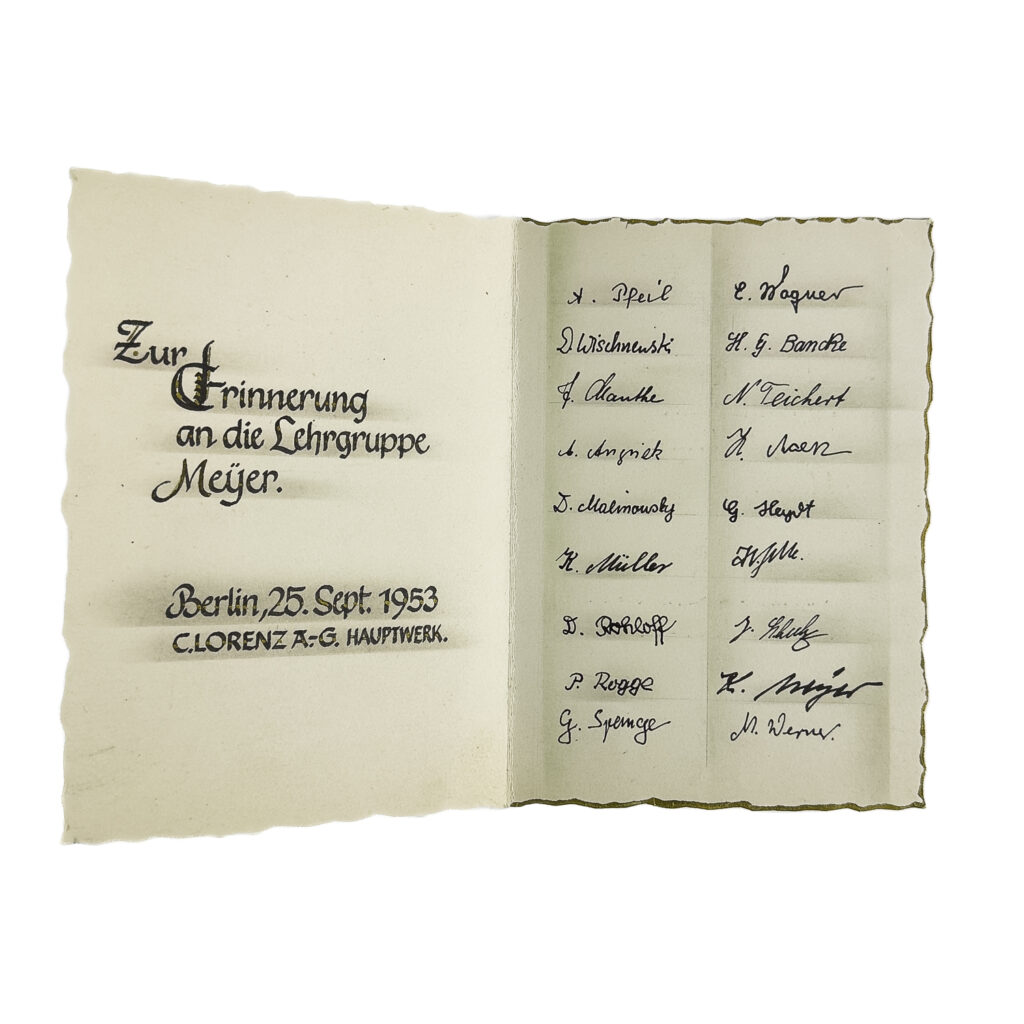
J11. German Post-War Industry
A commemorative album created by 13 apprentices for their master. The photographs depict the apprentices in a tool and die making workshop, working on projects or following their master’s direction. An insight into Germany’s re-industrialization and apprenticeship program after the war.
The company for which they all worked was C. Lorenz…
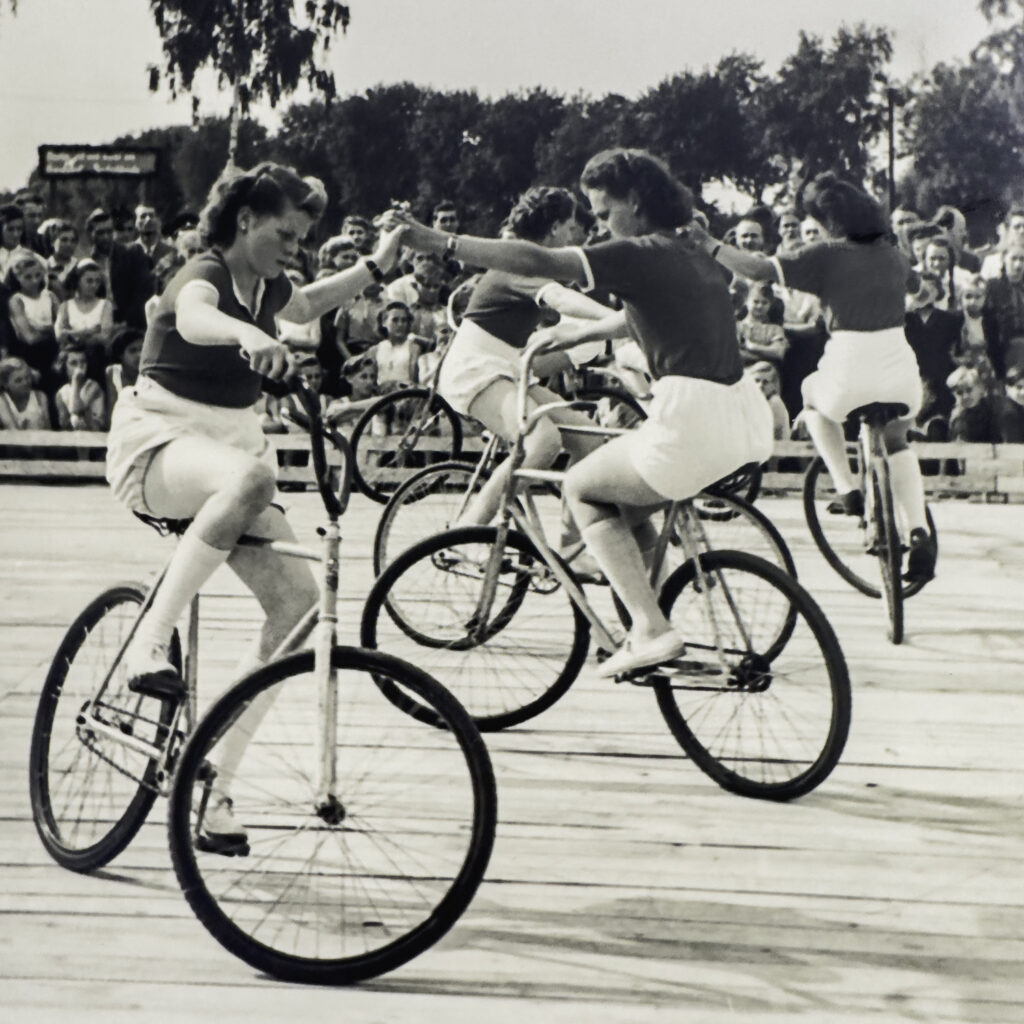
J12. East-Berlin’s Mayor
Fechner was on East-Berlin’s City Council [Stadtverordneter] from 1954-1976; East-Berlin’s Mayor 1953-1961 and Mayor of Berlin-Köpenick 1961-1967. With his long tenure in the highest reaches of city government, he was instrumental in shaping East-Berlin, especially the built environment that remains (Alexander Platz, Karl-Marx-Allee, and hundreds of large housing developments).
In the…

J13. Leni Riefenstahl & the Movies
Leni Riefenstahl (1902-2003) was a German film director, photographer, and actor. In the 1930’s she directed the Nazi propaganda films Triumph of the Will and Olympia, two films that are widely considered the most effective and technologically innovative works of propaganda.
The highlight of the collection is the letter from Riefenstahl…
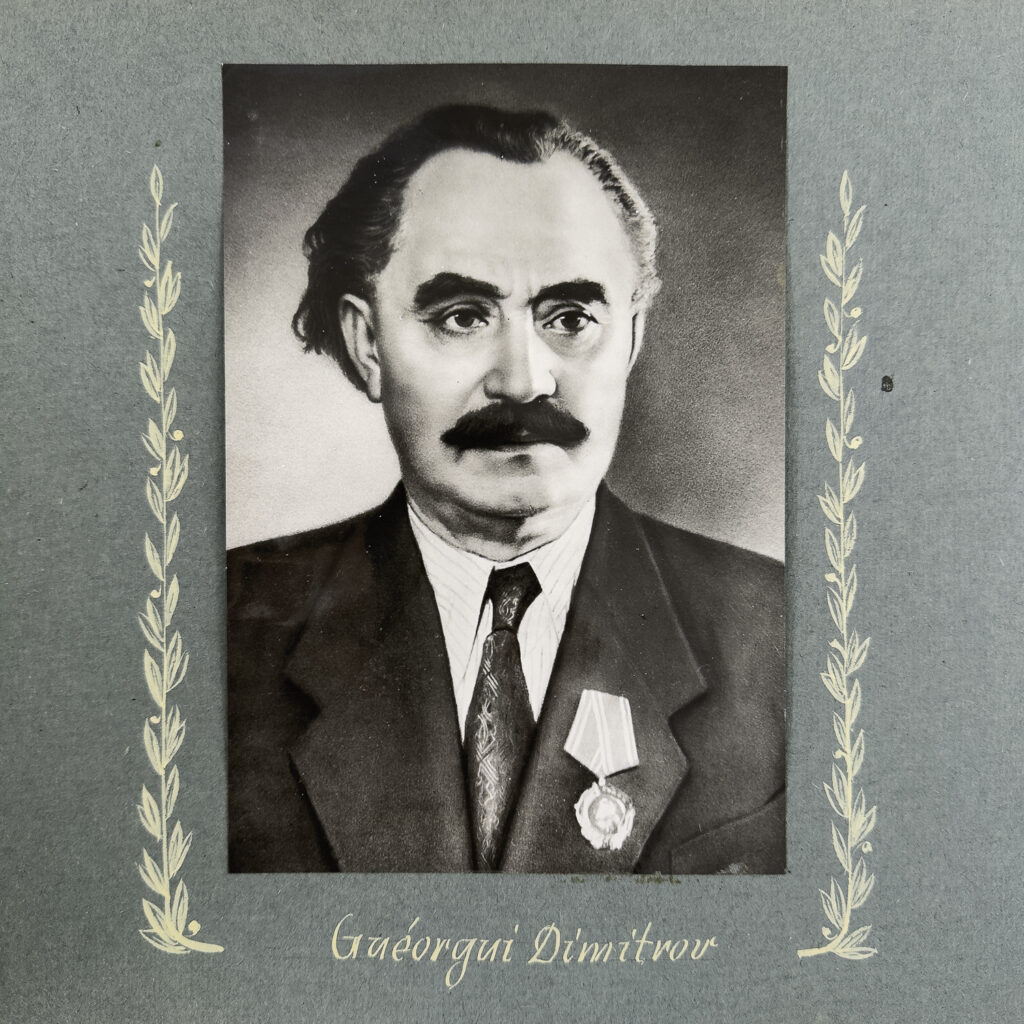
J14. Western Diplomatic Relations during Bulgaria’s Stalinist Rule
From 1946-1991 Bulgaria was known as the People’s Republic of Bulgaria and was ruled by the Bulgarian Communist Party. The first Communist leader was Georgi Dimitrov (born 1882). He died in 1949 and power passed to the Stalinist, Vulko Chervenkov (1900-1980).
Bulgaria’s Stalinist phase lasted from 1950 until 1956 – the…
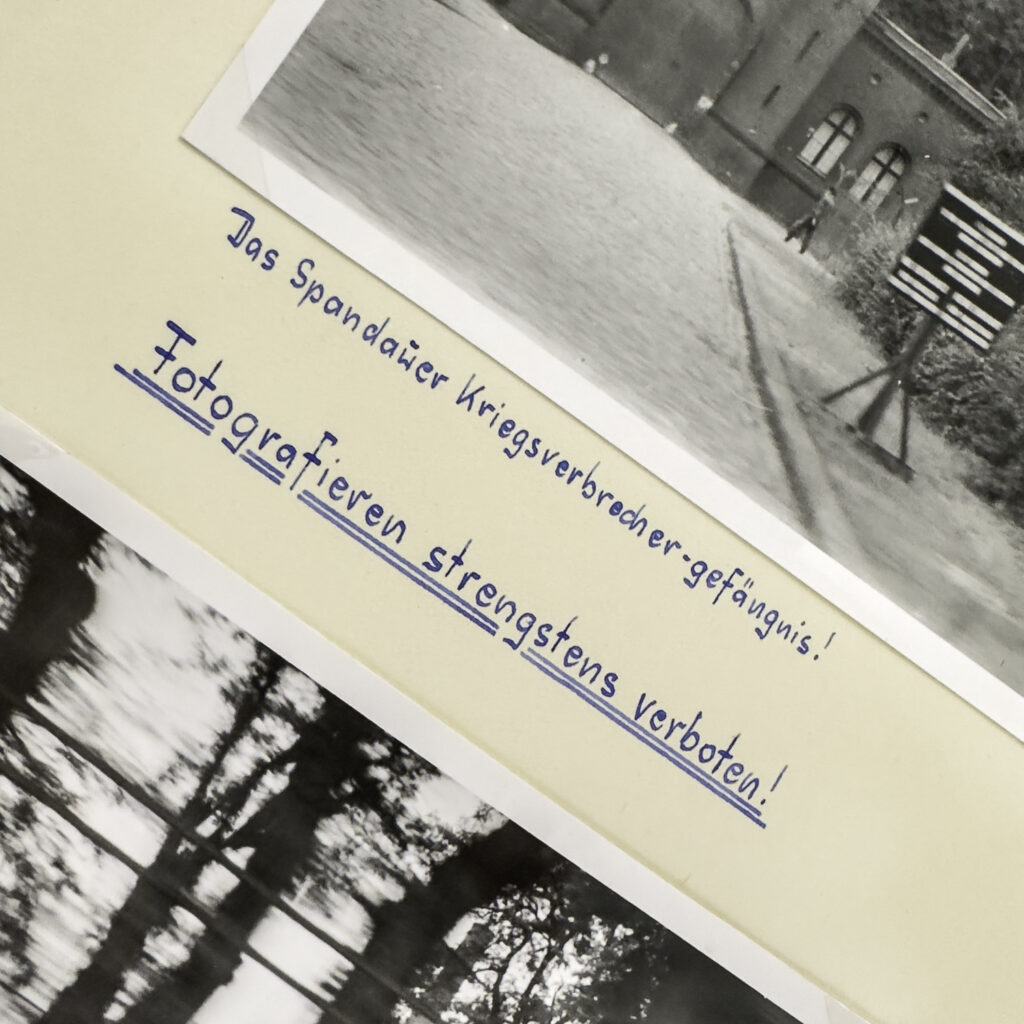
J15. Documenting a Divided Berlin
A lovely vernacular album of an anonymous tourist’s visit to West Berlin in July 1956. In addition to the usual tourist attractions, the photographer paid especial attention to the border crossings into the Soviet Zones and even photographed an English tank driving down the street. At one point the album’s…
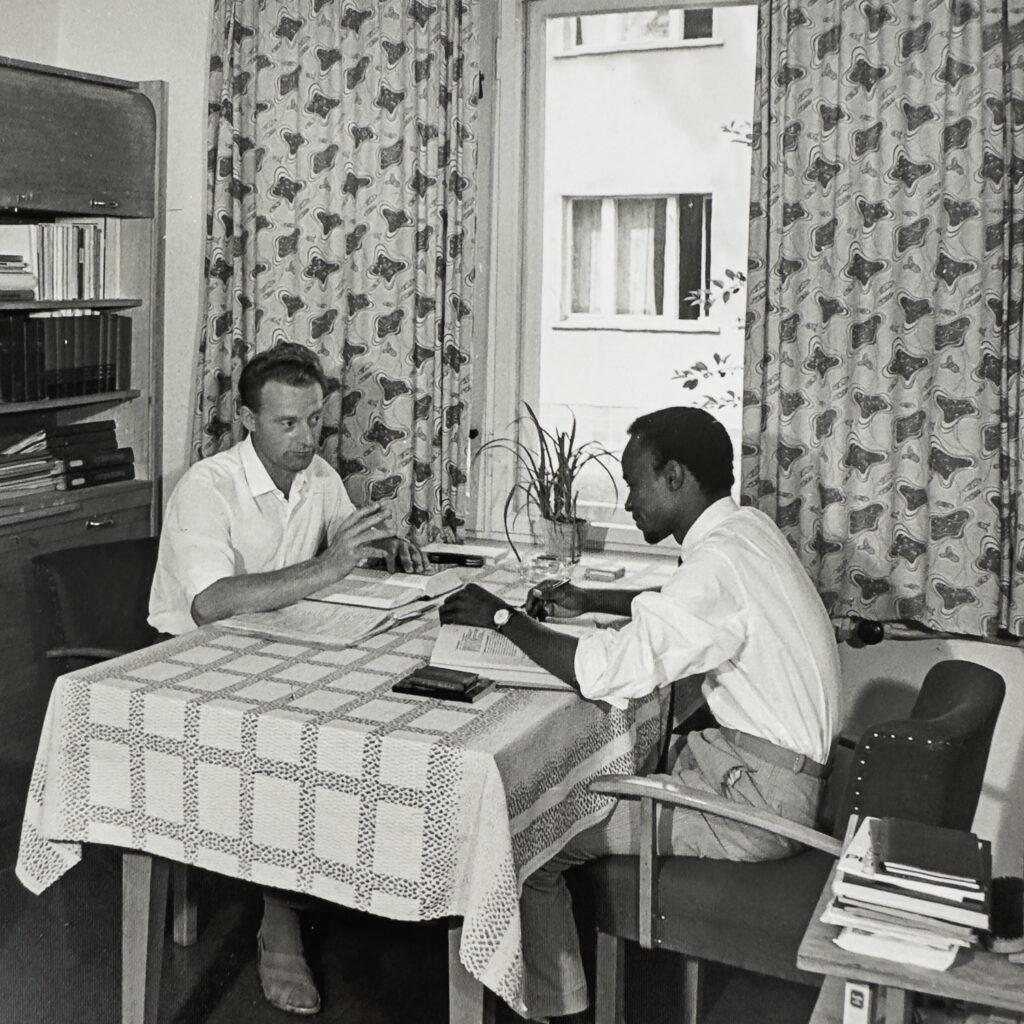
J16. African & North Korean Students at the Bauhaus College of Socialism
A lovely collection of professional photographs of the ADGB Trade Union School (“Bundesschule des Allgemeinen Deutschen Gewerkschaftsbundes”), which was known during East German times as the Fritz Heckert Trade Union College. Next to the Bauhaus Dessau building, it was the second-largest project ever undertaken by the Bauhaus and constructed over…
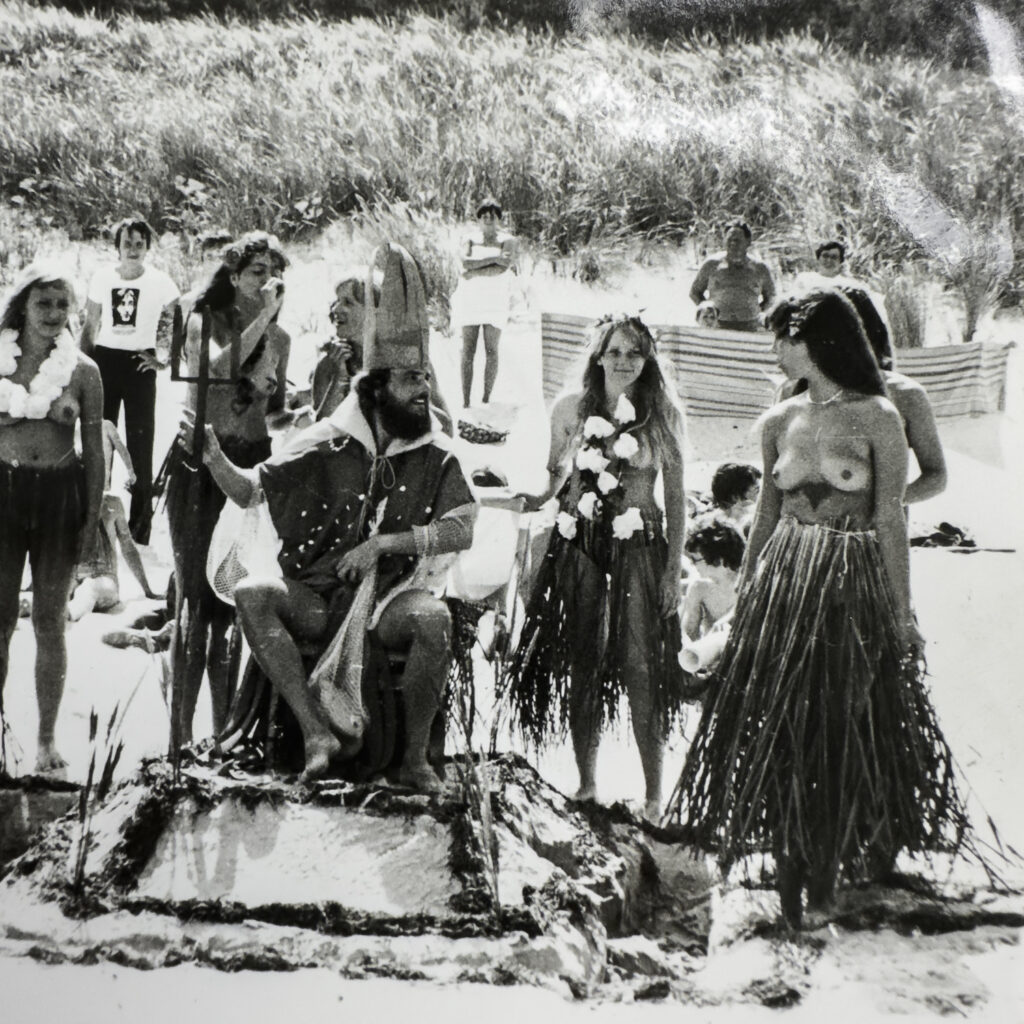
J17. The Best of East Germany: Youth Camps
We purchased these albums (and Item J18) from a former East German athlete who defected to the West. He tried to impress upon us that these albums represent the best side of East Germany. His words: “Nothing compares to how wonderful it was to be a youth in East Germany.”…
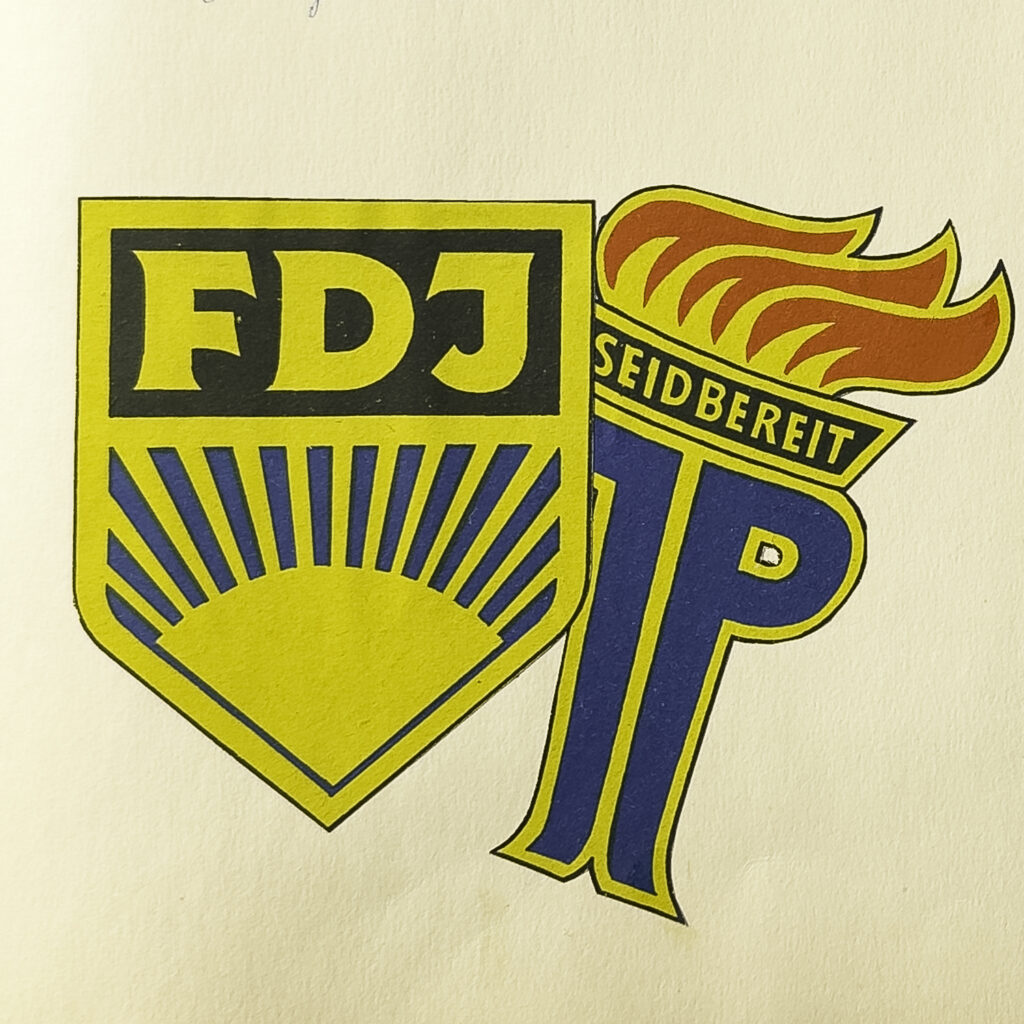
J18. East German Youth Camp Honor Roll
This album also comes from the collection of a former East German athlete who defected to the West (see Item J17 for more about his story). Whereas J17 are albums from the Free German Youth (that is for youth ages 14-25), this album is from a Young Pioneer camp…
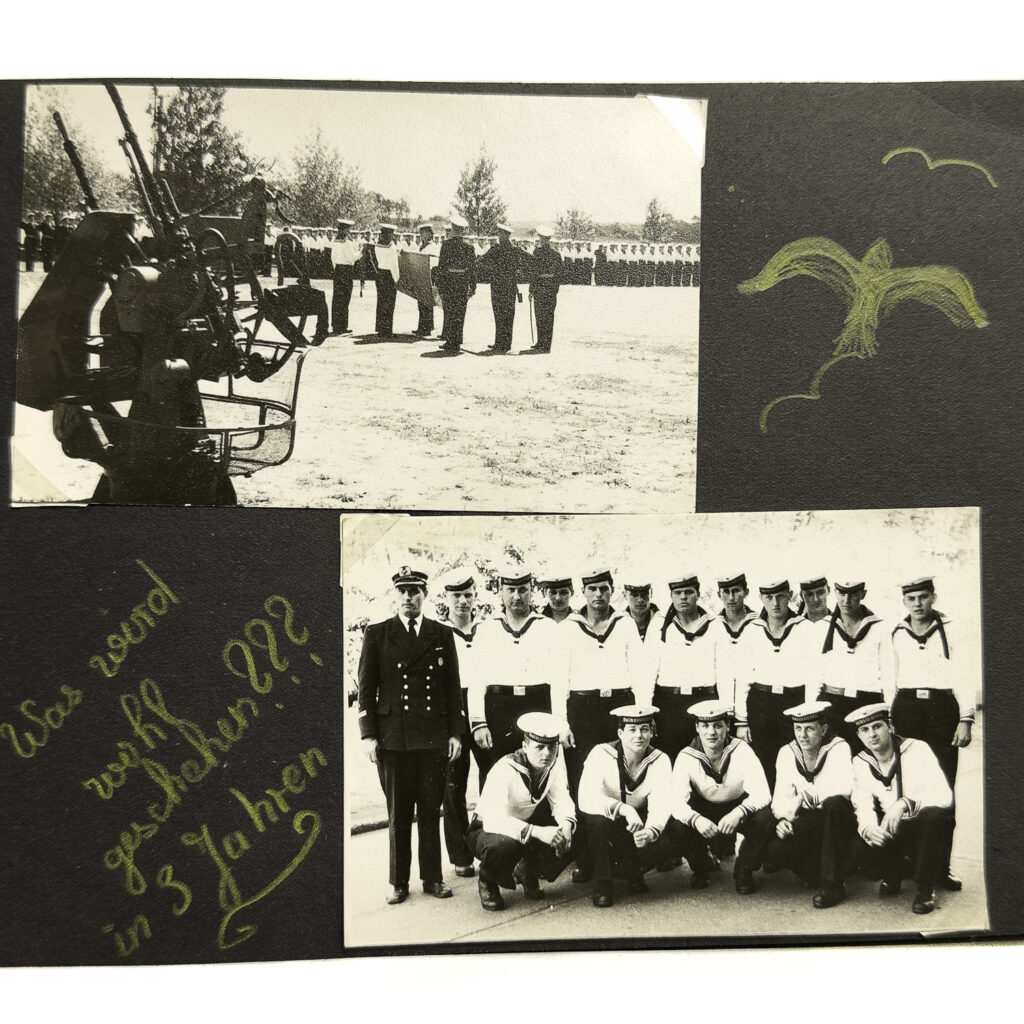
J19. Strictly Forbidden East German Border Photography
As is well known, the East German border was impenetrable. This applied not only to the Wall, but also to East Germany’s coast along the Baltic Sea. This album documents in detail a young sailor’s service in the Marine Border Patrol. Highly unusual, because all photography of East Germany’s border,…
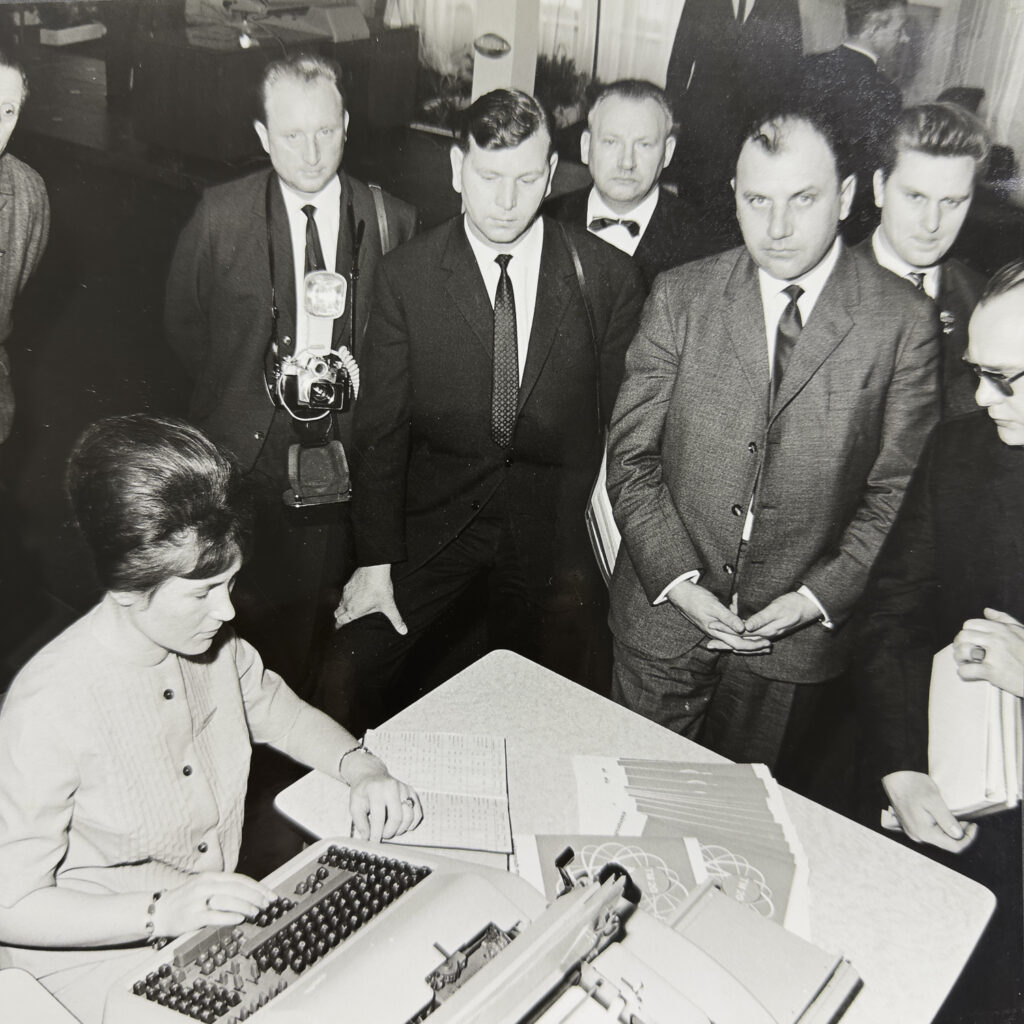
J20. Computers Behind the Iron Curtain
For a short period of time, East Germany was a market leader in computer office machines. VEB Buchungsmaschinenwerk Karl-Marx Stadt built the Ascota 170 computer. 332,742 of the machines were sold, including many of them exported to the West. The computer was sold in 101 countries. The first prototype was…
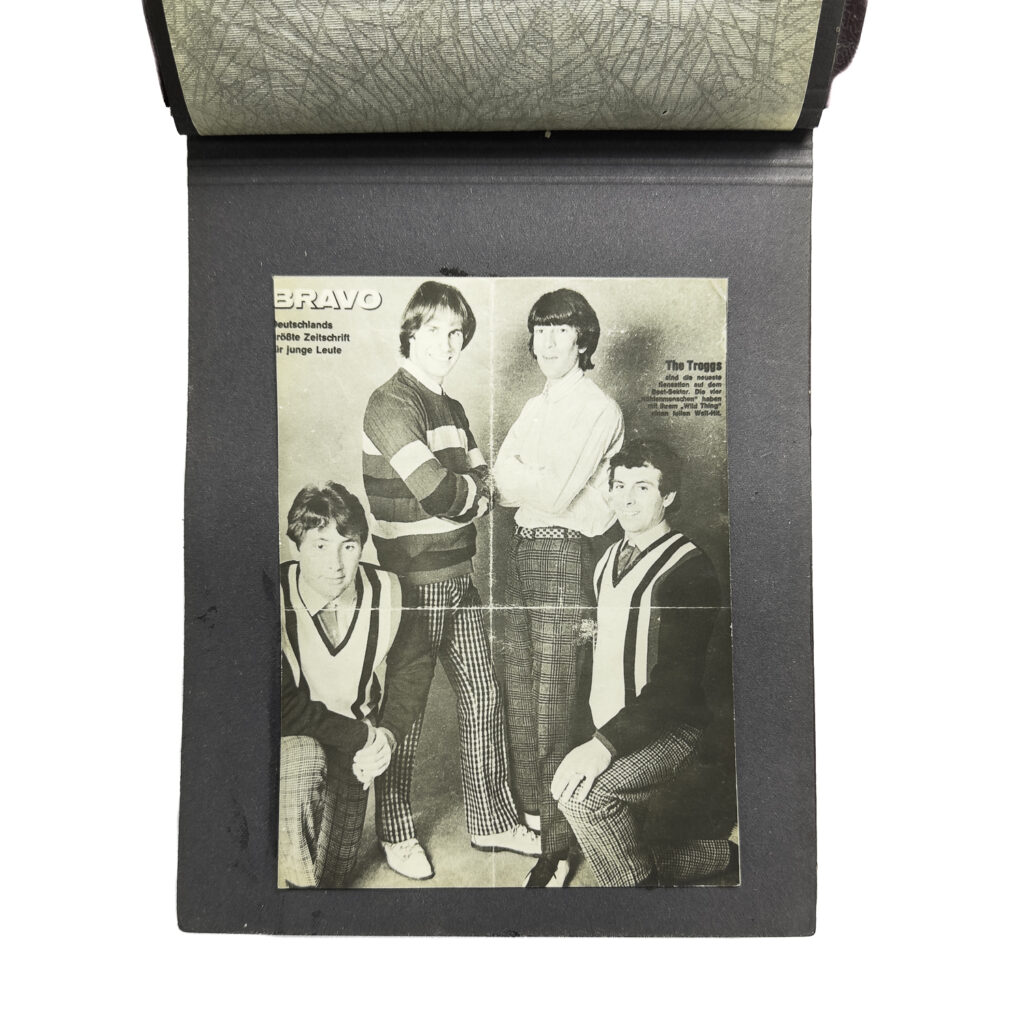
J21. East German Pop Culture Samizdat
This is an underground Samizdat photo album created in East Germany with photographs of Western pop-icons and pop-culture magazines – primarily Bravo.
Bravo is the largest teen magazine within the German-language sphere. It was first published in 1958, but rocketed to fame in the late 1960’s. By 1970 the magazine sold…
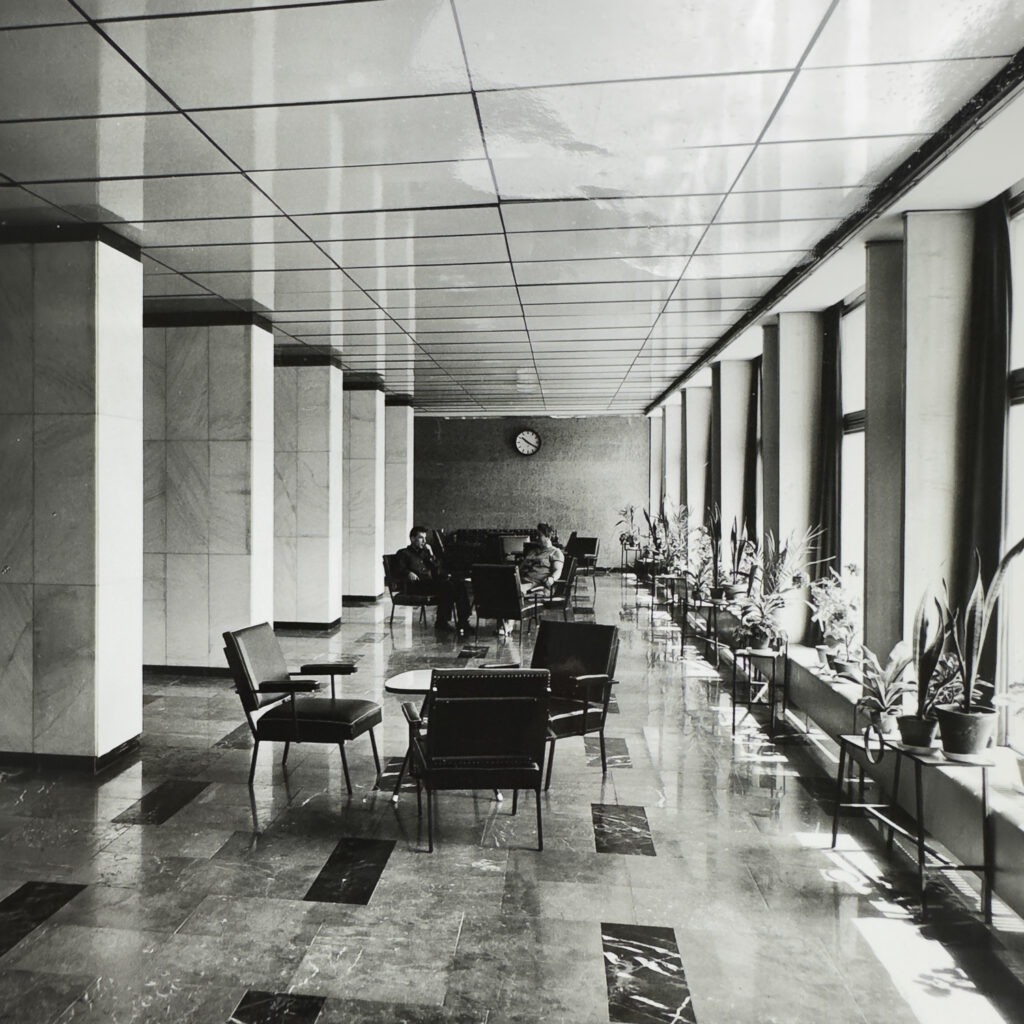
J22. Health Care in Communist Hungary
Goulash Communism (gulyáskommunizmus), is a humorous term for socialism in Hungary following the Hungarian Revolution of 1956. János Kádár, the Hungarian Communist leader, and the Hungarian People’s Republic imposed policies with the goal to create high-quality living standards for the people of Hungary coupled with economic reforms. These reforms fostered…
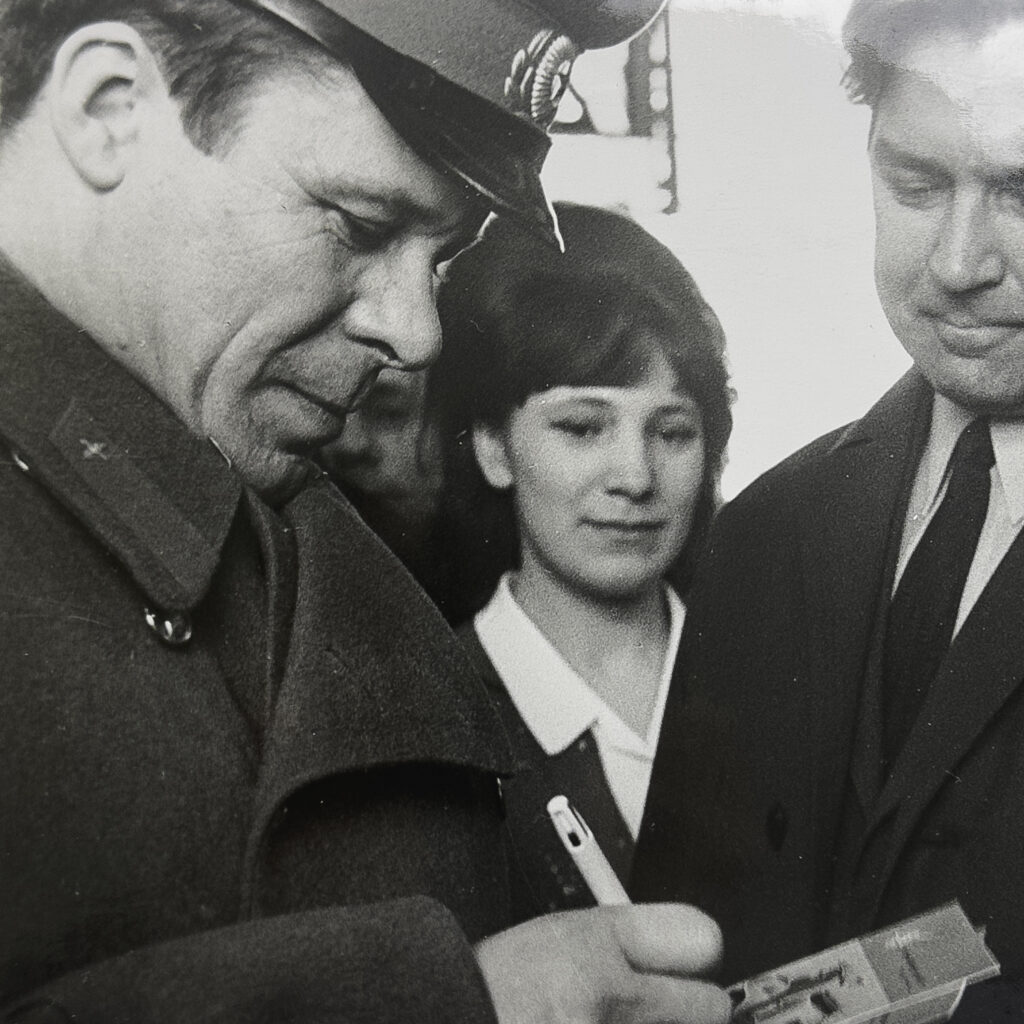
J23. Cosmonaut Hero of the Soviet Union
Yevgeny Vasilyevich Khrunov (1933-2000) was a Soviet cosmonaut who flew on the Soyuz 5 and Soyuz 4 missions. The Soyuz 5 mission in January 1969 was the first docking of two crewed spacecraft of any nation, and the first transfer of crew from one space vehicle to another of any…
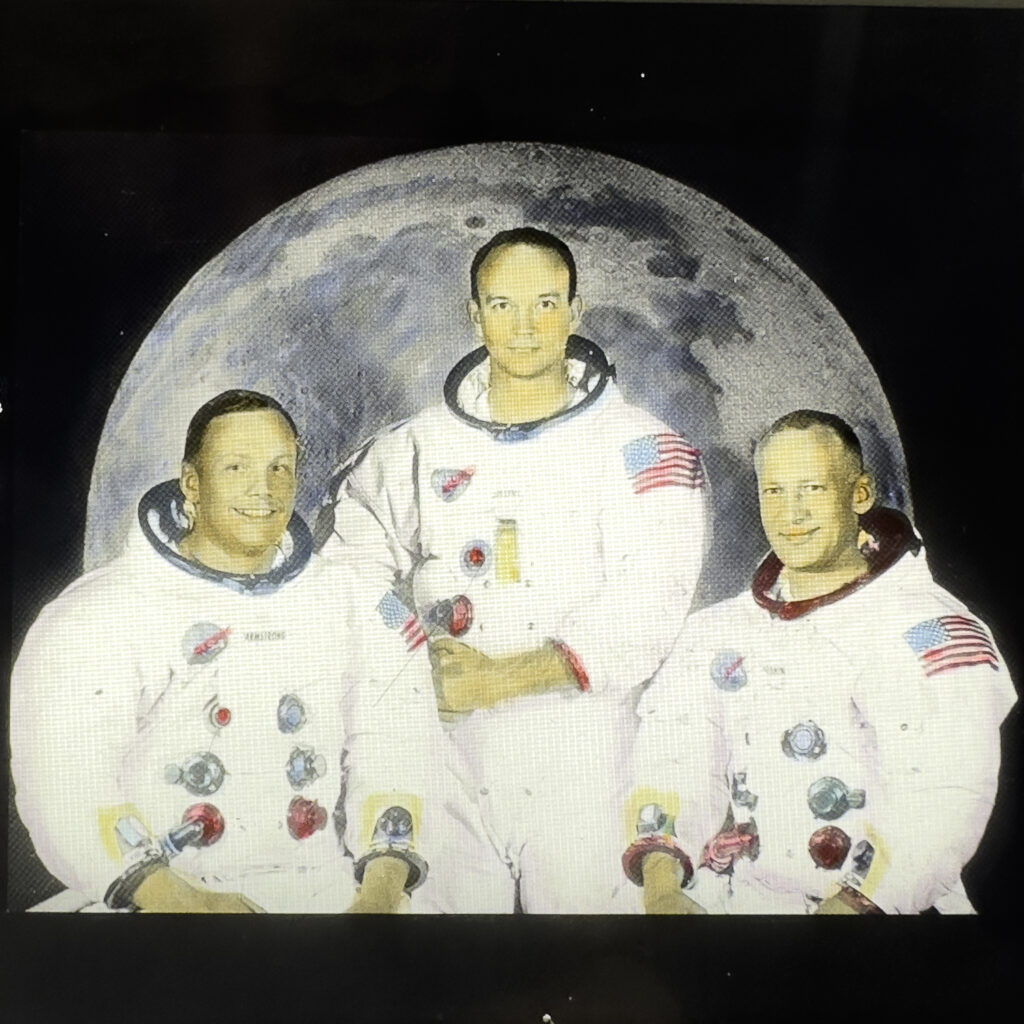
J24. Astronauts & Cosmonauts in Soviet Schools
These are Soviet educational slides for students learning about cosmonauts and space travel. Some slides are informational providing formulas, space travel trajectories, or [“biological research in space”]. Other slides prominently depict famous cosmonauts. For example, at least six slides depict Valentina Tereshkova (born 1937)—the first woman in space. The first…
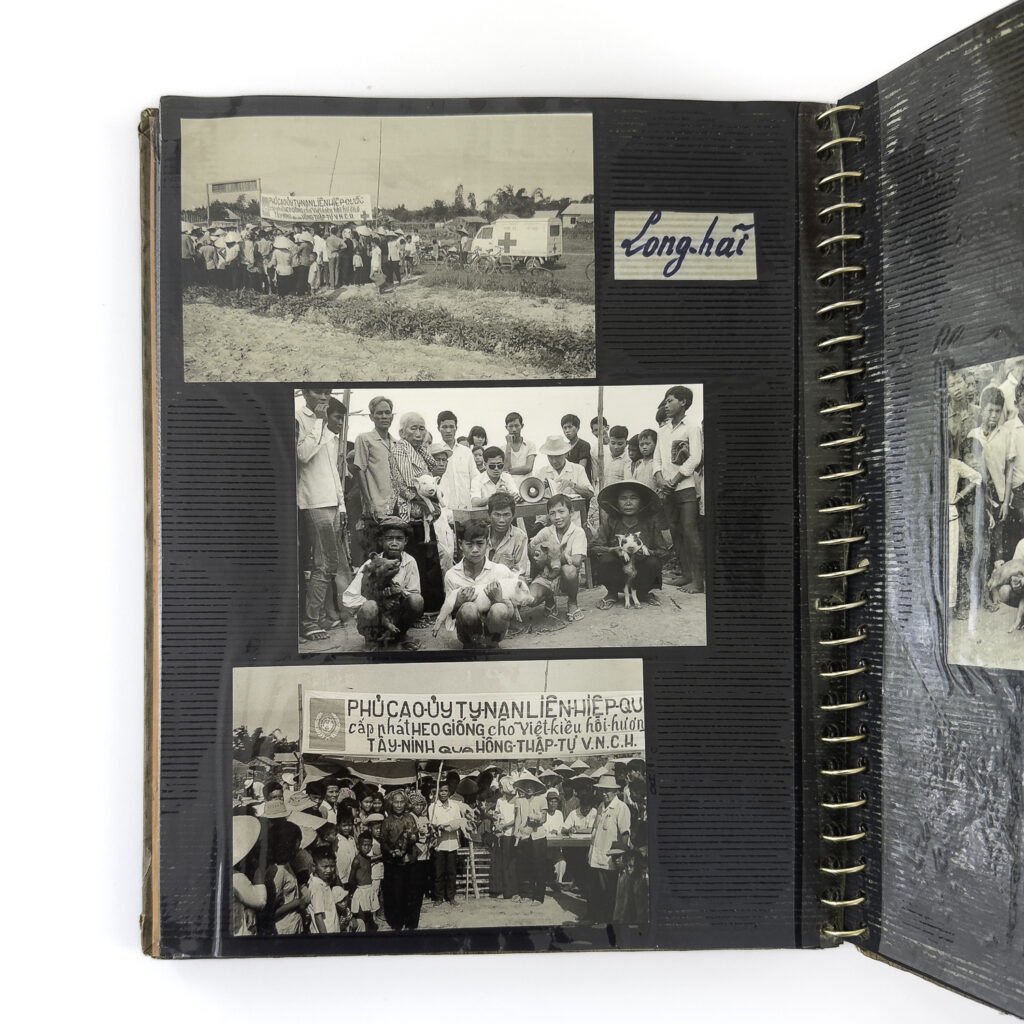
J25. UN Relief During the Vietnam War
The United Nations High Comissioner for Refugees (UNHCR) is the refugee agency of the United Nations. Formed in 1950, it is tasked with protecting refugees and those forcibly displaced by war around the world.
The Vietnam war lasted until 1975. The year of this album, 1972, was also a presidential election…
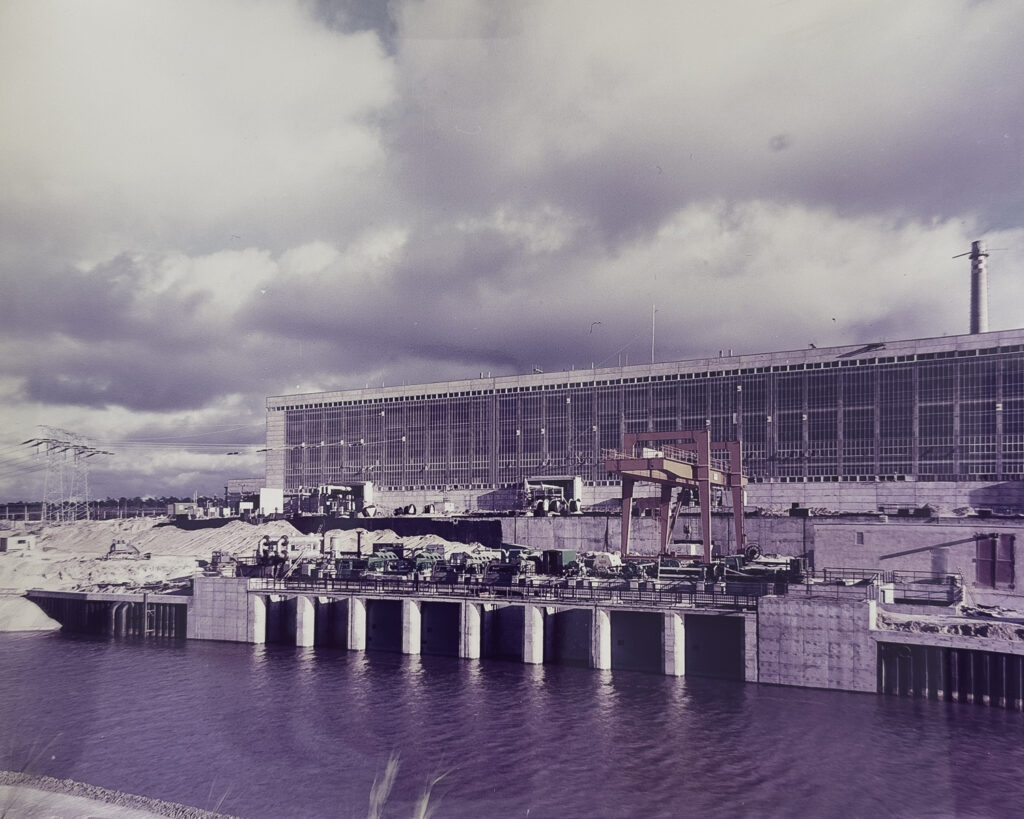
J26. Unsafe East German Nuclear Power
Nuclear power has always been a contentious political issue in Germany. Famously, Germany has taken all its nuclear power plants off grid as of April 2023.
This box of photographs commemorates the completion of construction and initial connection to the electrical grid on December 17, 1973 of East Germany’s largest nuclear…
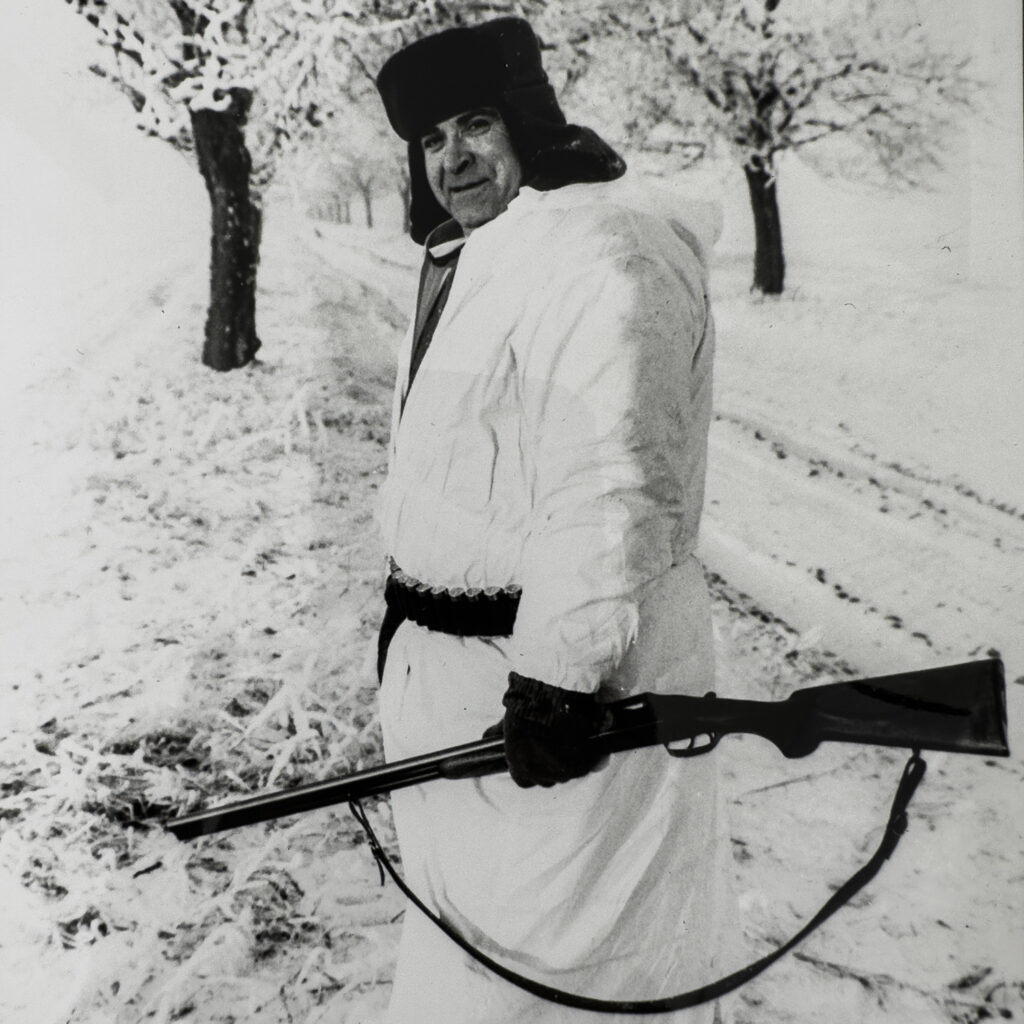
J27. Albums from East Germany’s Diplomatic Corp
These four photo albums document diplomatic visits to East Germany from around the world in the years 1973-1981. Generally with the official photograph of the “receiving ceremony”, and then additional photographs at dinner or at the most beloved of East Germany activities: hunting. Hunting in East Germany can only be…
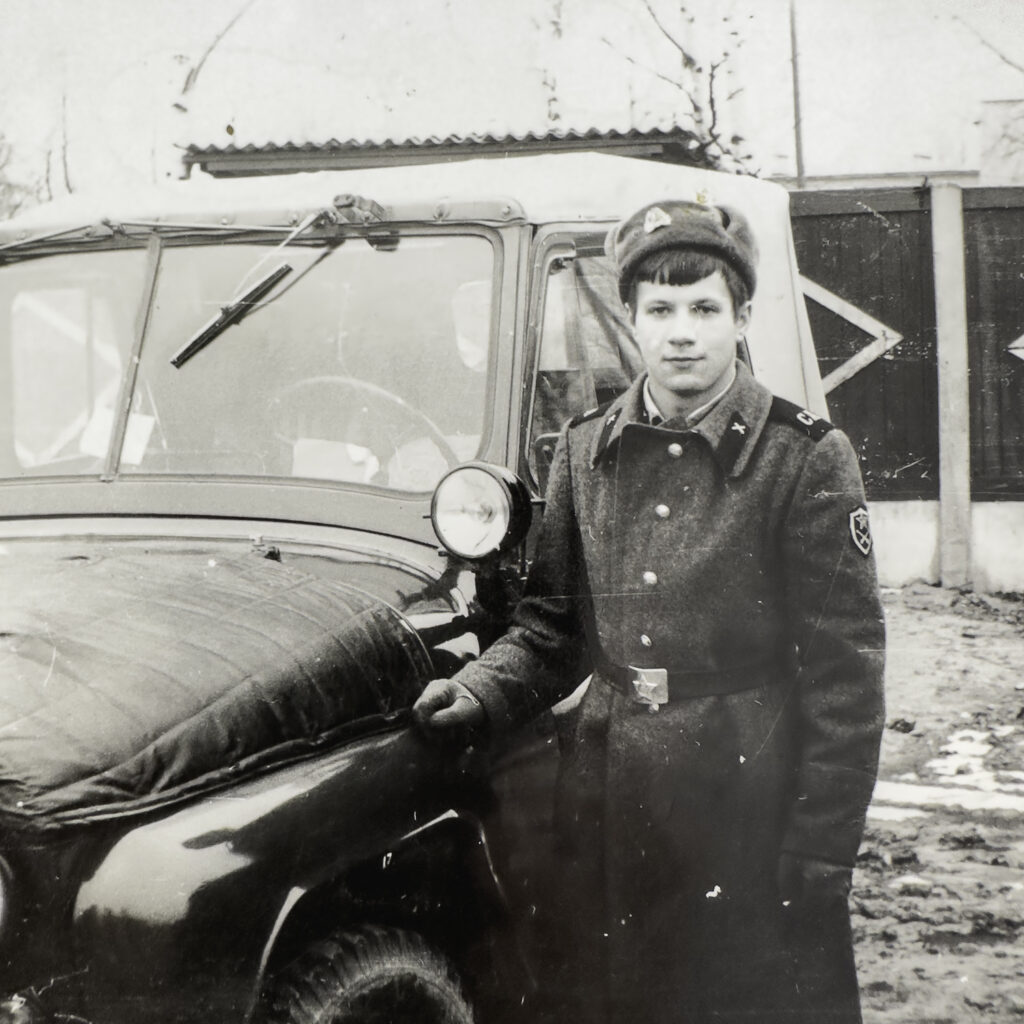
J28. Ukrainian Soldier Drafted to Defend Moscow
A densely filled and illustrated album of Vladimir K.’s military service in the semi-closed military town of Kubinka near Moscow. Kubinka hosted numerous branches of the Soviet military and the city is famous for being the point where the Red Army halted the Wehrmacht’s drive towards Moscow. Vladimir K. served…
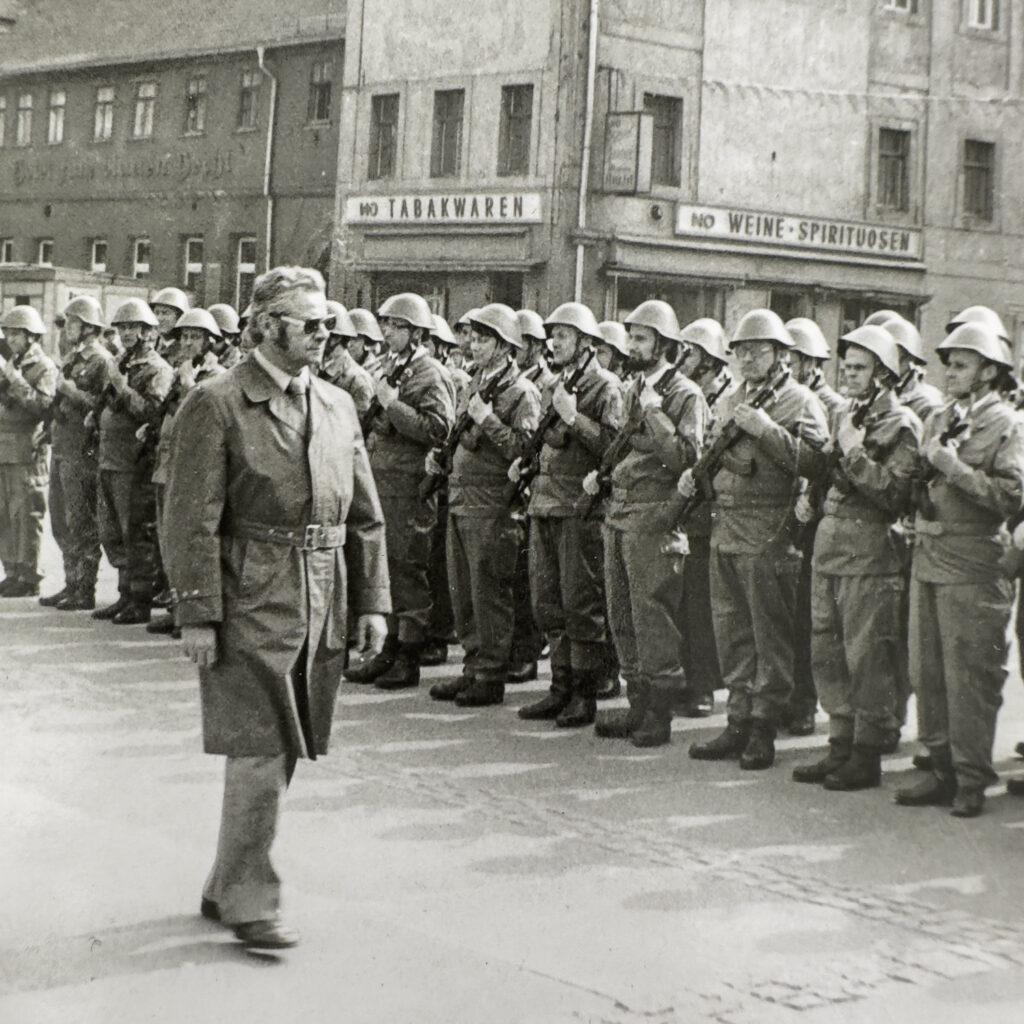
J29. Honoring an Anti-Fascist in East Germany I
To be an Anti-Fascist and steadfast member of the Communist Party during Nazi times was risky and illegal. Those who stood up to National Socialism during the 1930’s and 1940’s were revered and honored in East Germany.
This album honors the life of the Anti-Fascist Kurt Walther (1905-1966). Walther joined the…
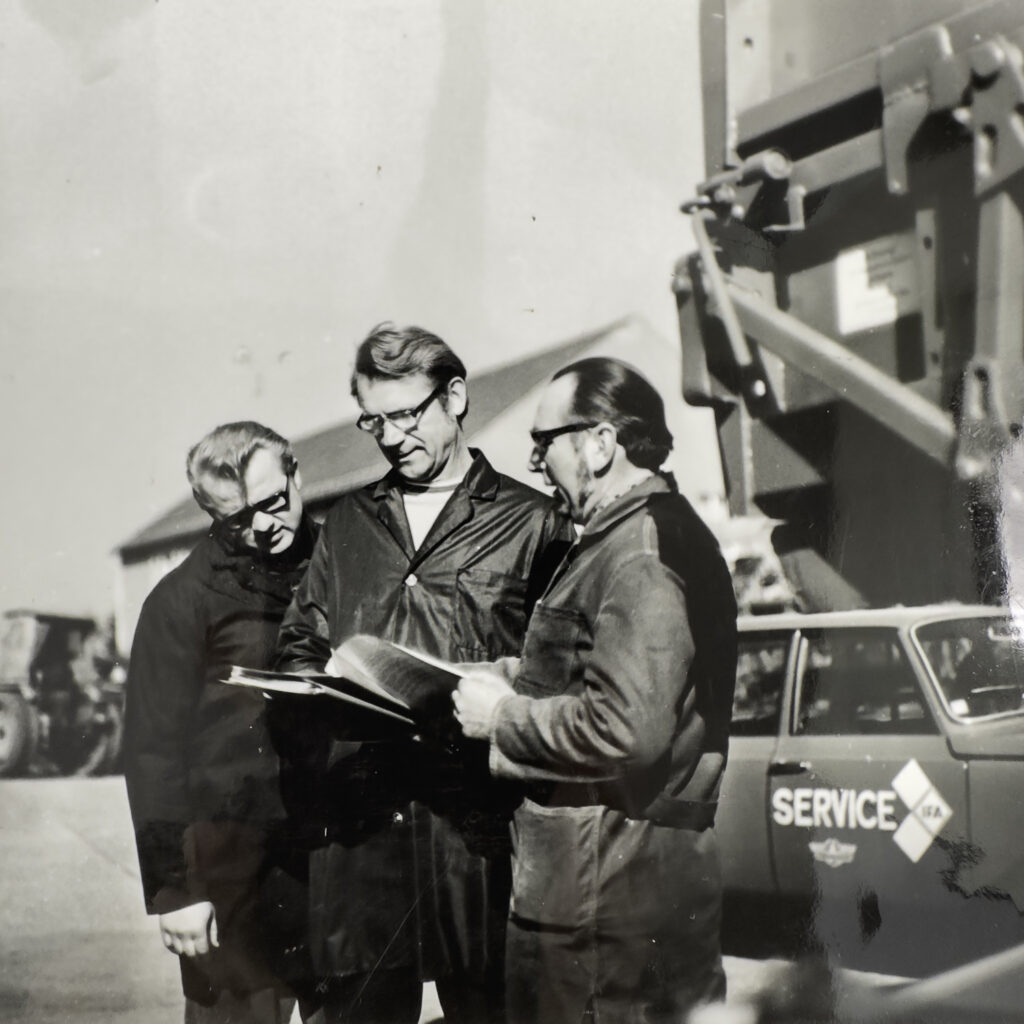
J30. Honoring an Anti-Fascist in East Germany II
Socialistic Brigades (“sozialistische Brigade”) is an East German concept that is difficult to explain in today’s capitalistic world. Fundamentally they were clubs comprised of coworkers. For employees at worker’s collectives the Brigades formed a second home – to work, travel, and party collectively.
The items on offer are from the “Brigade…
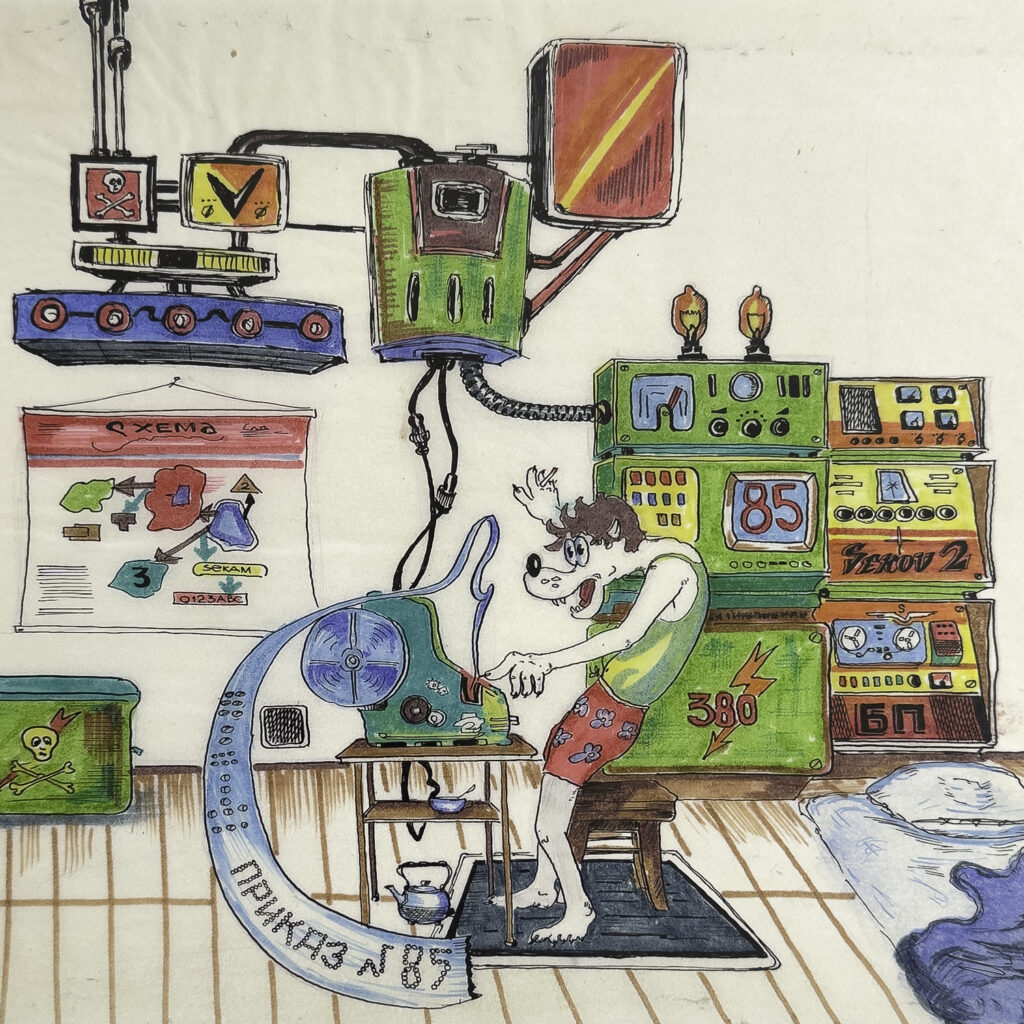
J31. The First Major Ukrainian City Captured by Russia
A densely filled and illustrated album of a Soviet soldier’s military service in Kherson, Ukraine with the Red Flag Military District of Odessa. The album is chock full of drawings and photos depicting everything from ships in the Black Sea to fighter jets and paratroopers. What makes this album special…
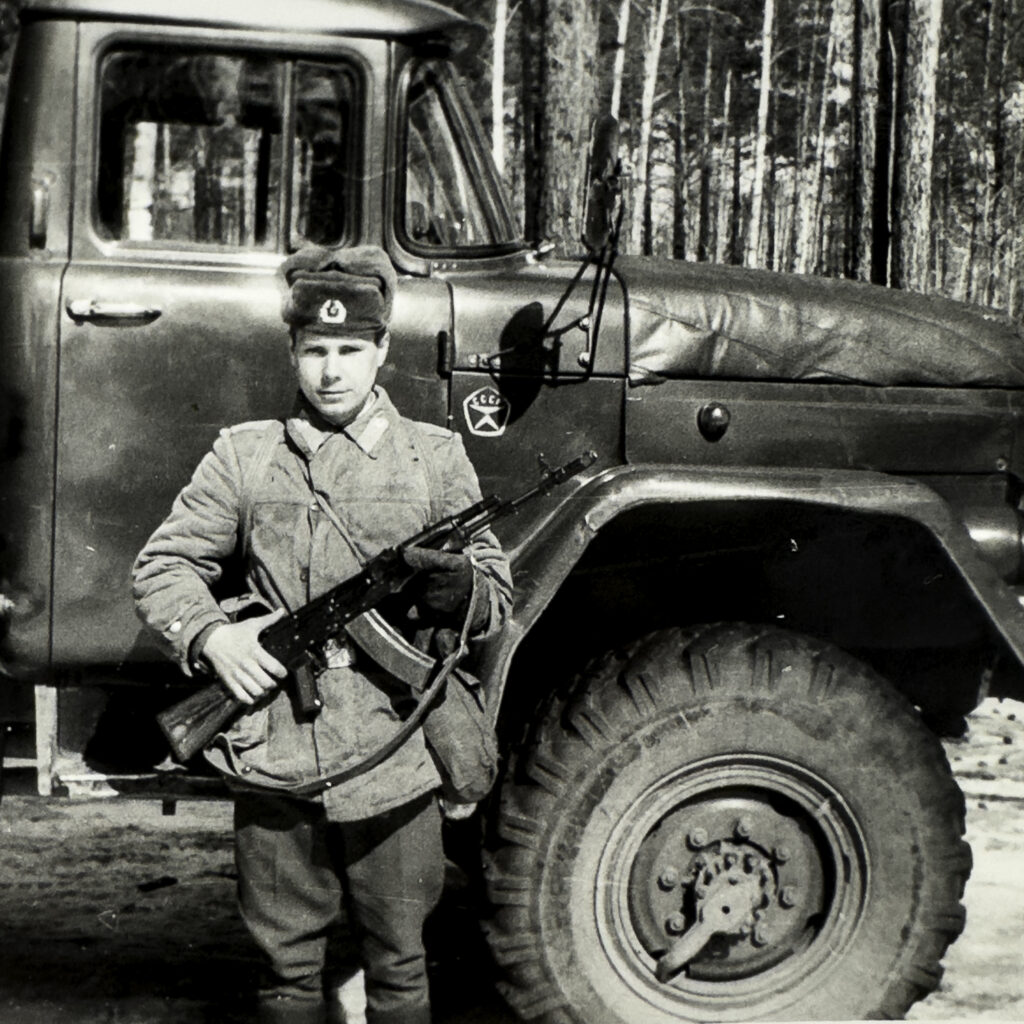
J32. Guarding the Soviet-Chinese Border
A densely filled and illustrated album of a Soviet soldier’s military service as border guard in Kukuy, a small town of a few thousand in Russia’s far east near the Chinese border. In 1985, Kukuy was part of Chita Oblast (current day oblast of Zabaykalsky Krai), a Russian state with…
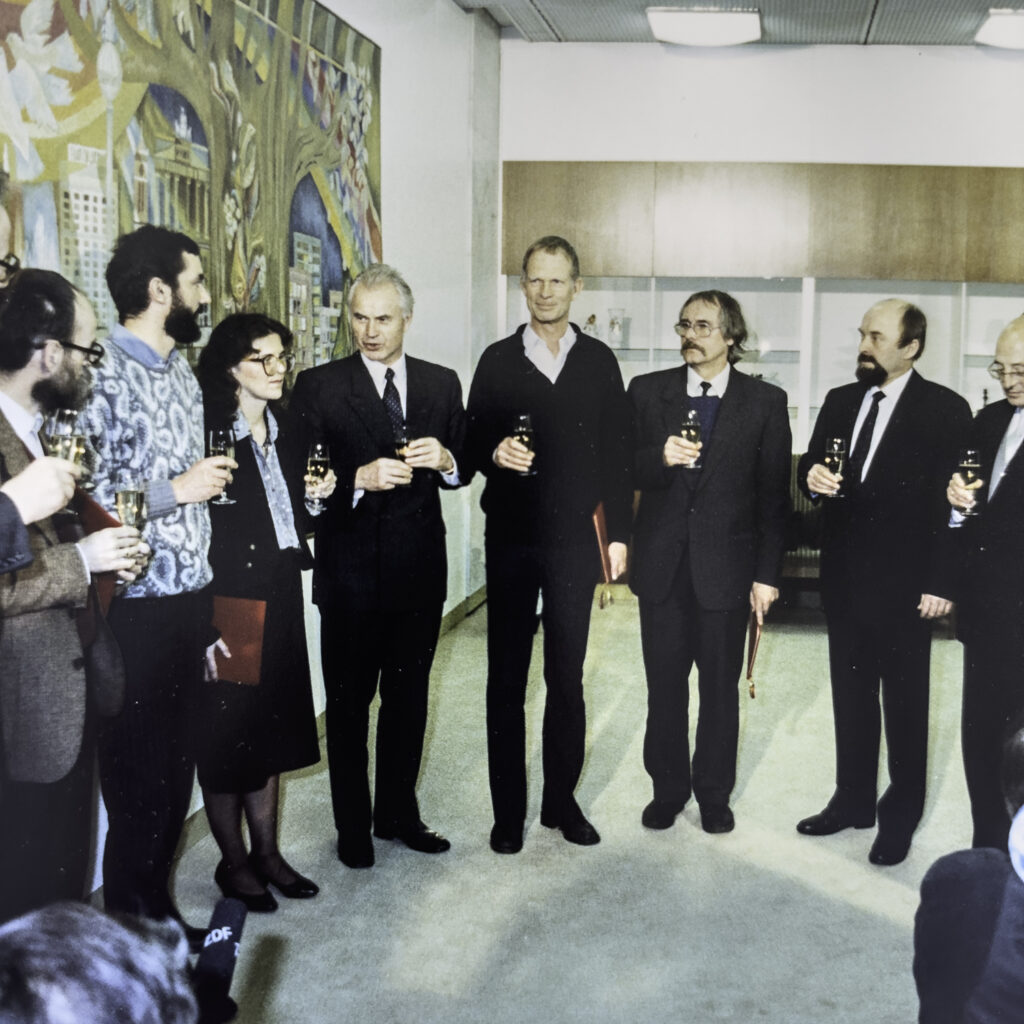
J33. The End of Communist Rule in East Germany
Erich Honecker is well known as the German communist politician who led East Germany from 1971 until shortly before the falll of the Berlin Wall. A name that is far less known (at least in the United States), is that of the last communist premier of East Germany: Hans Modrow…
